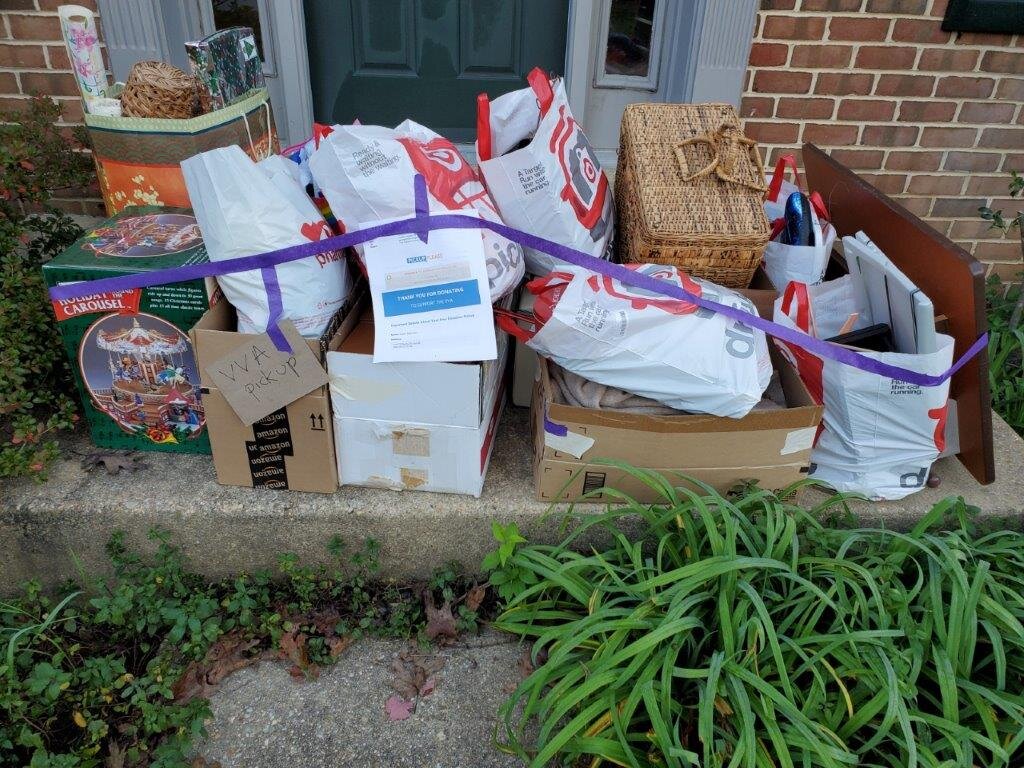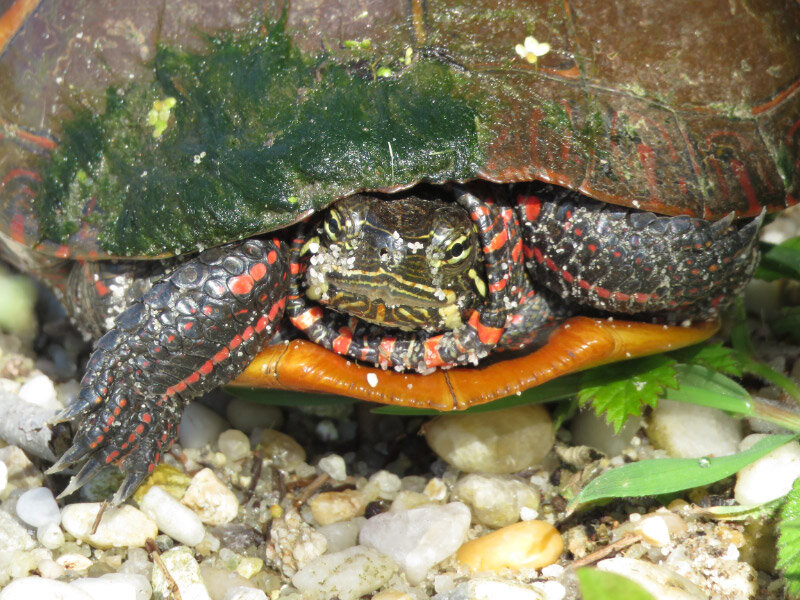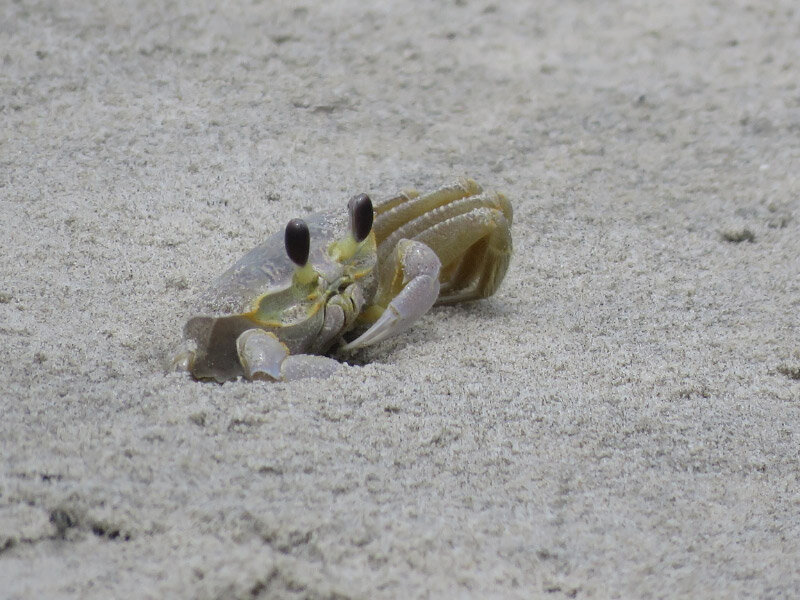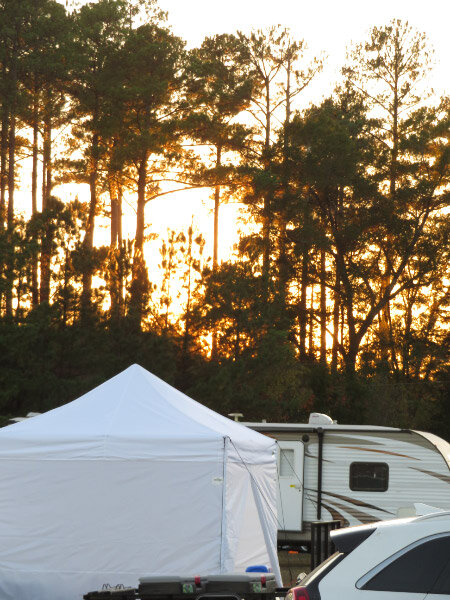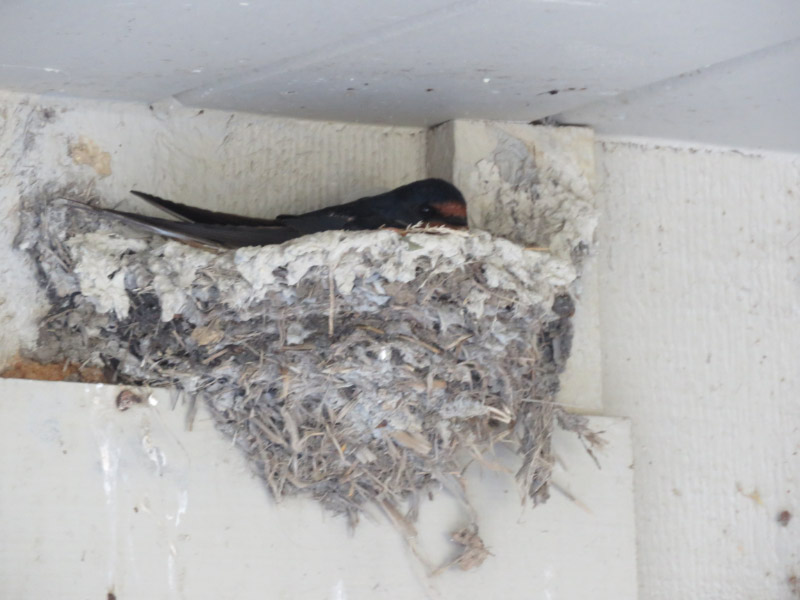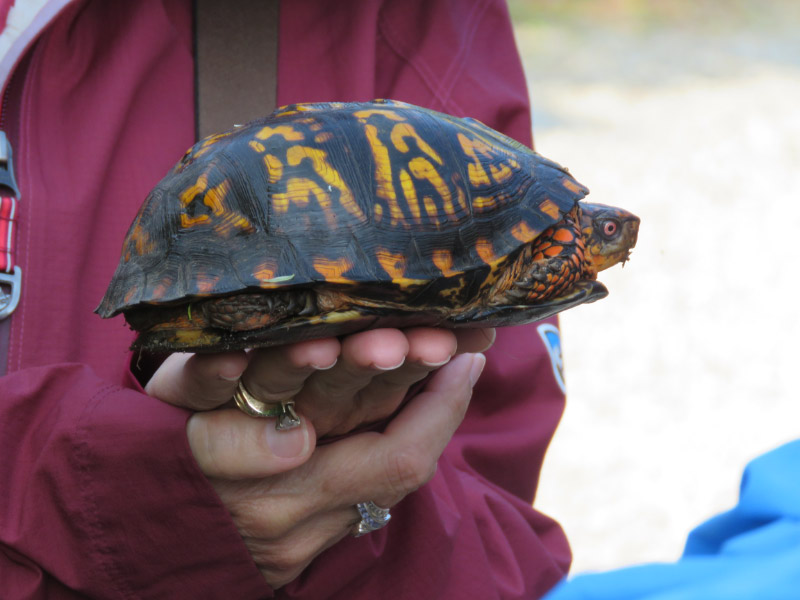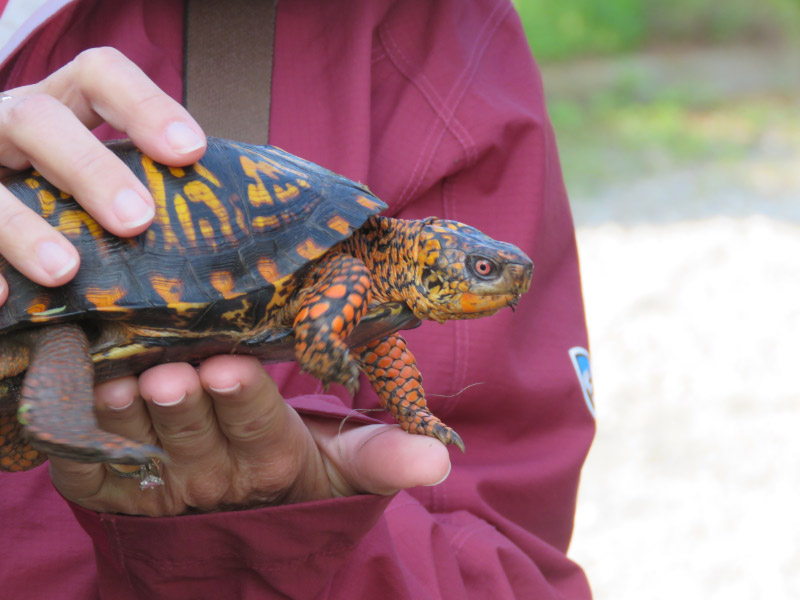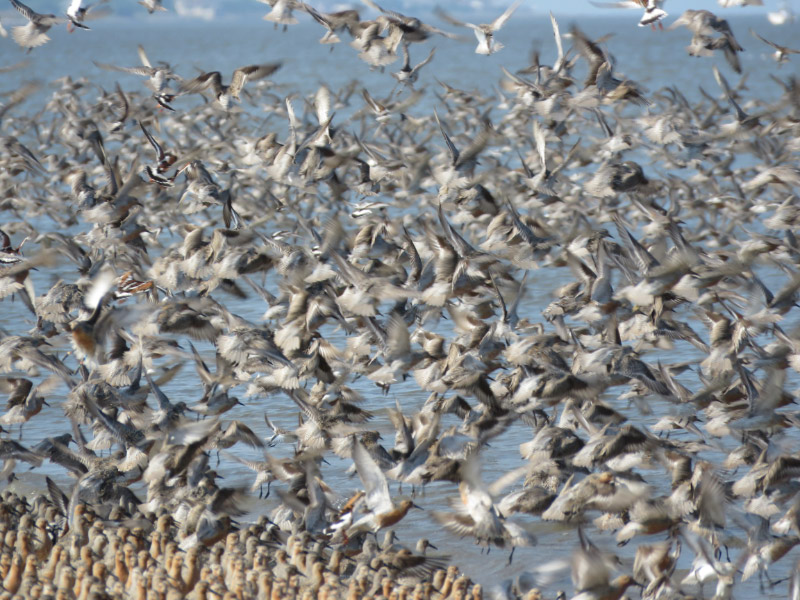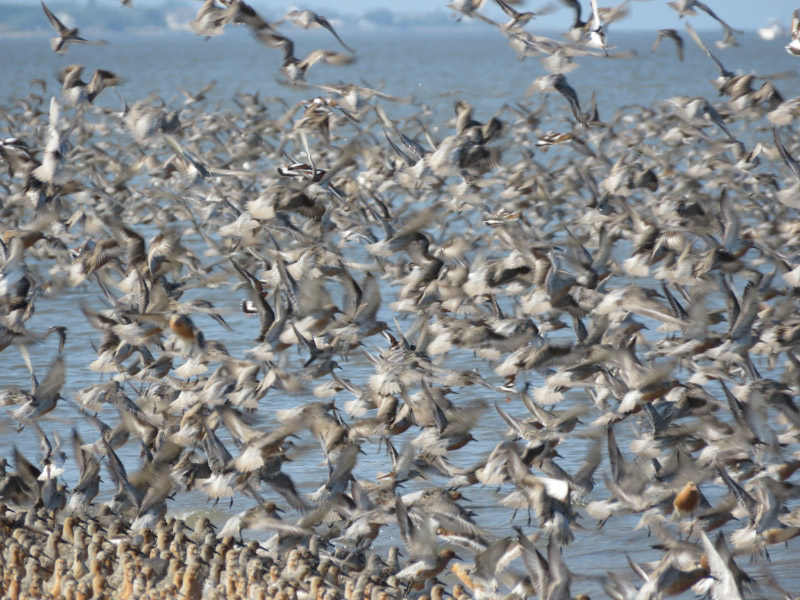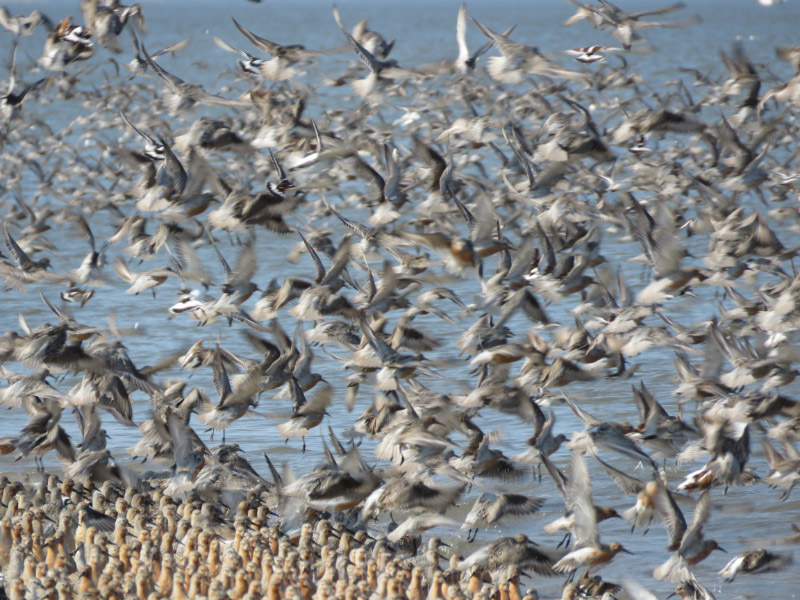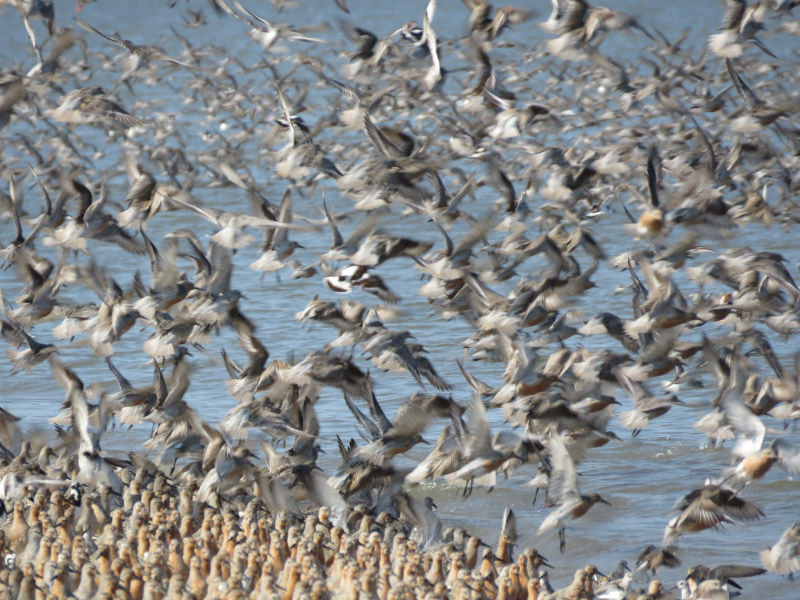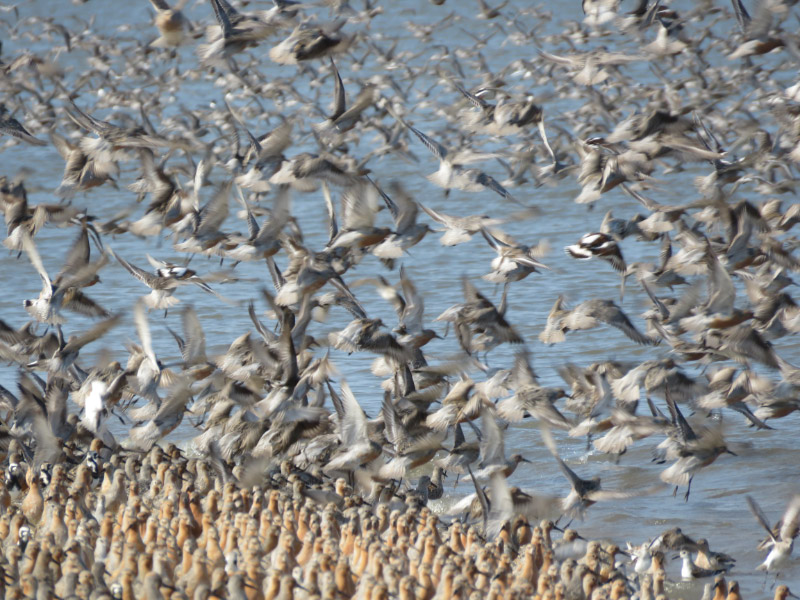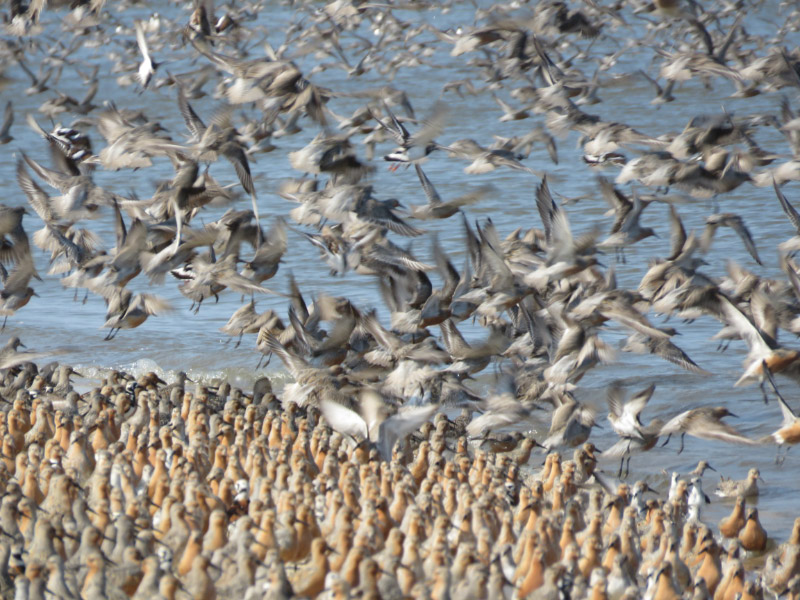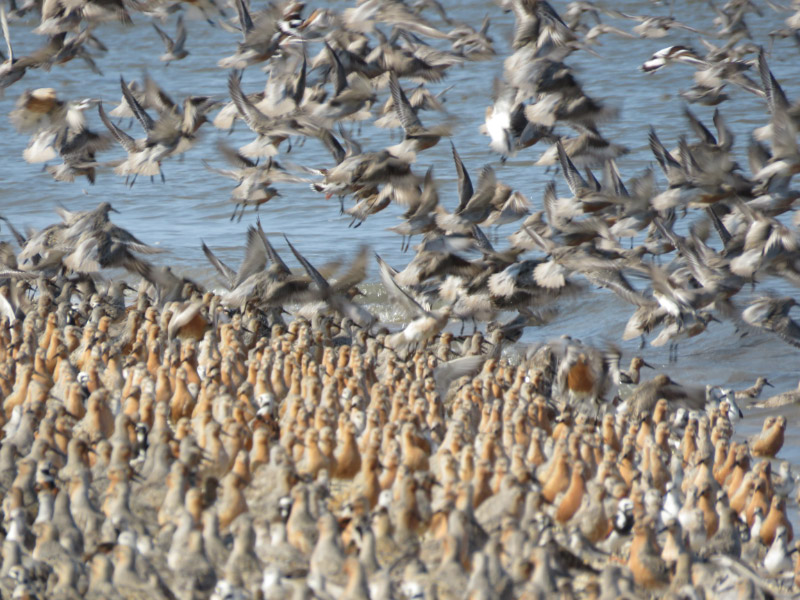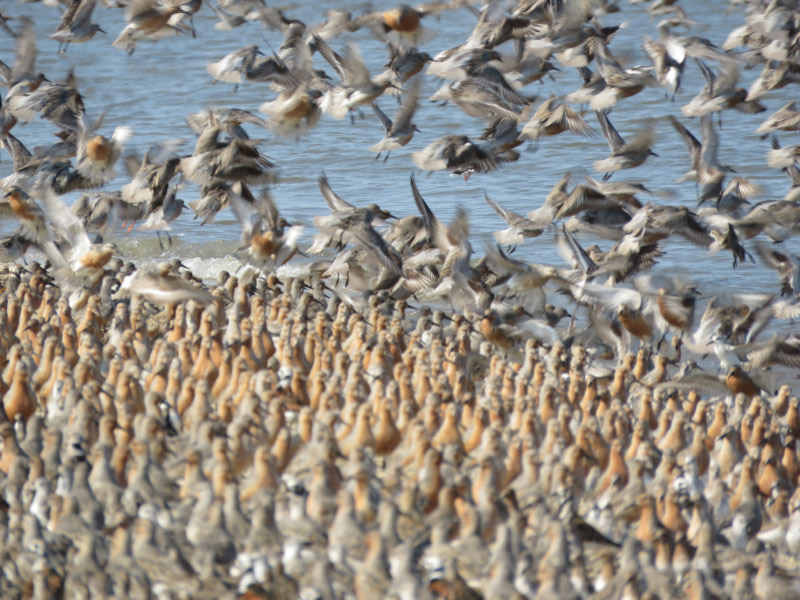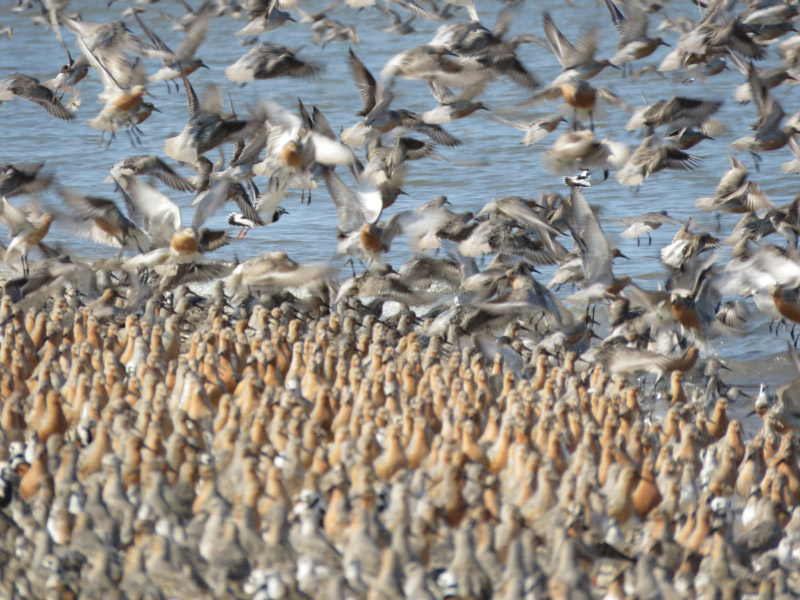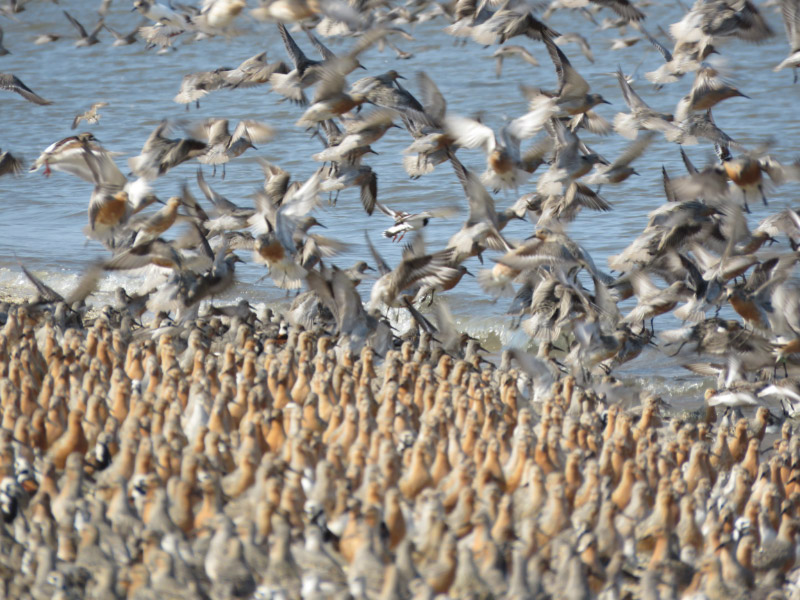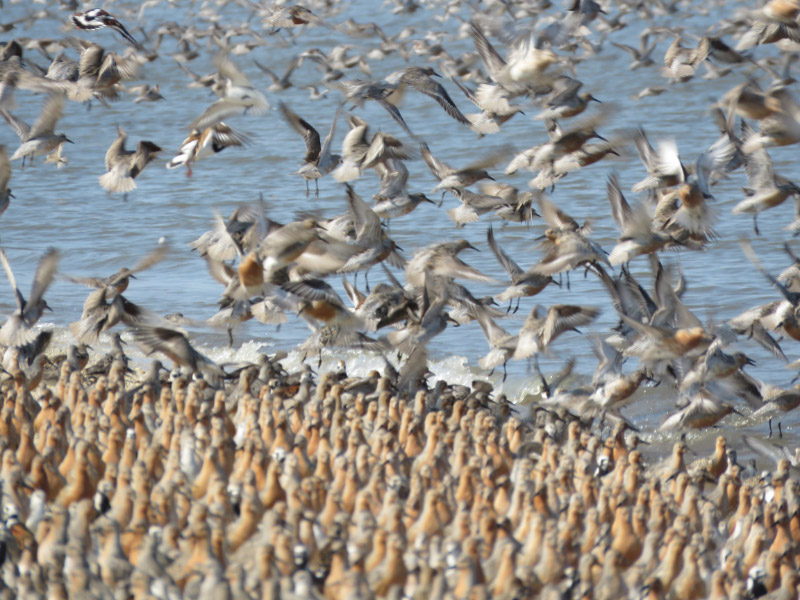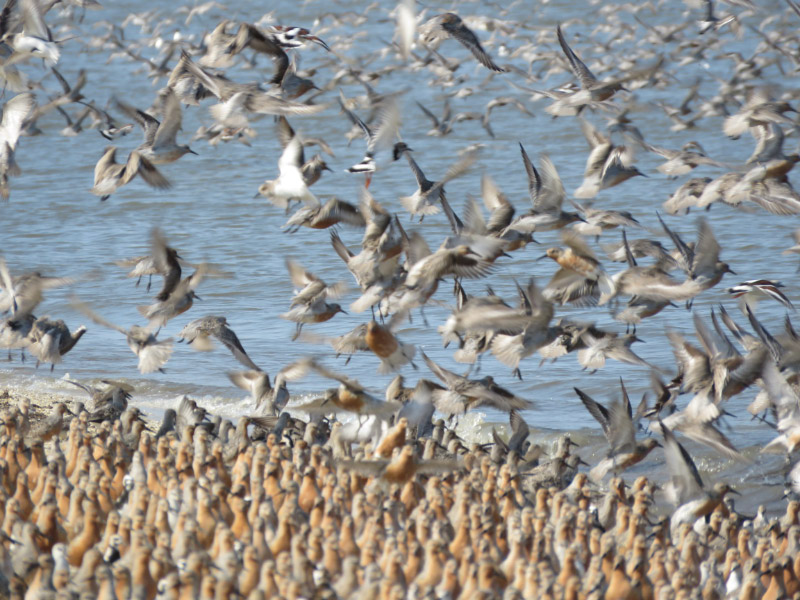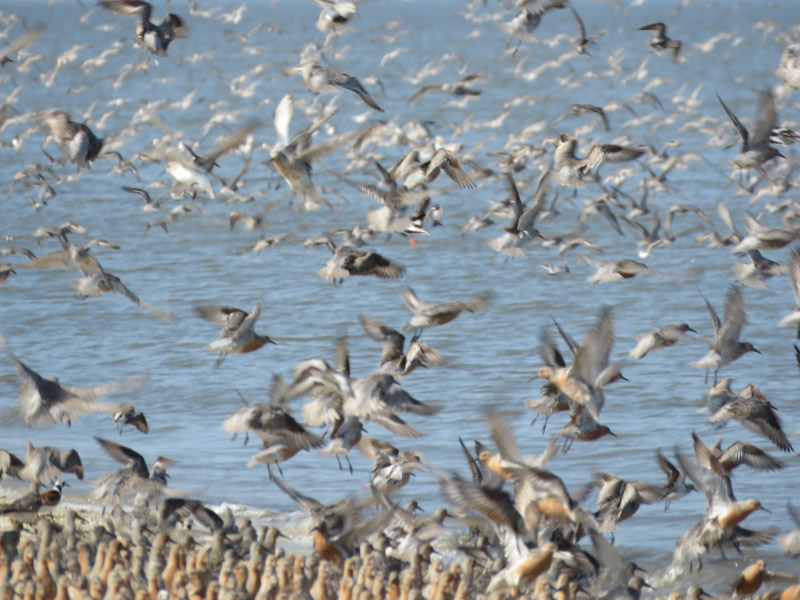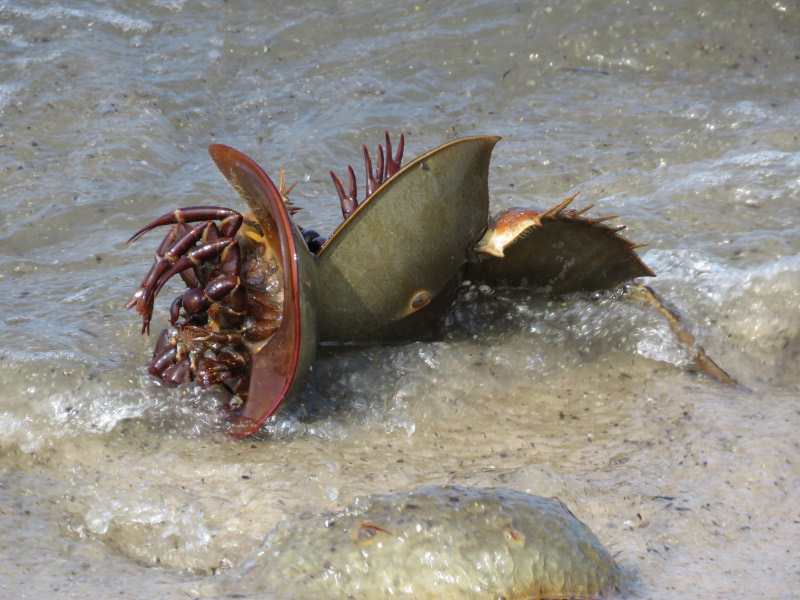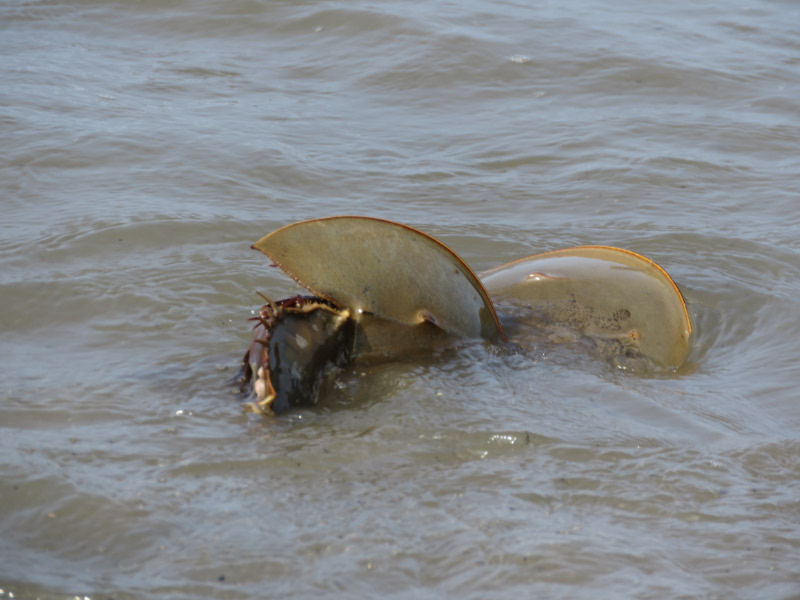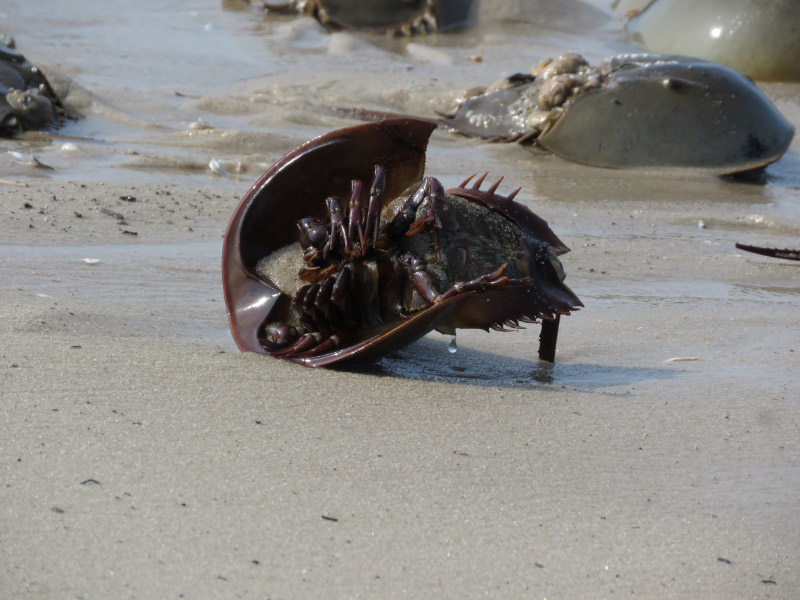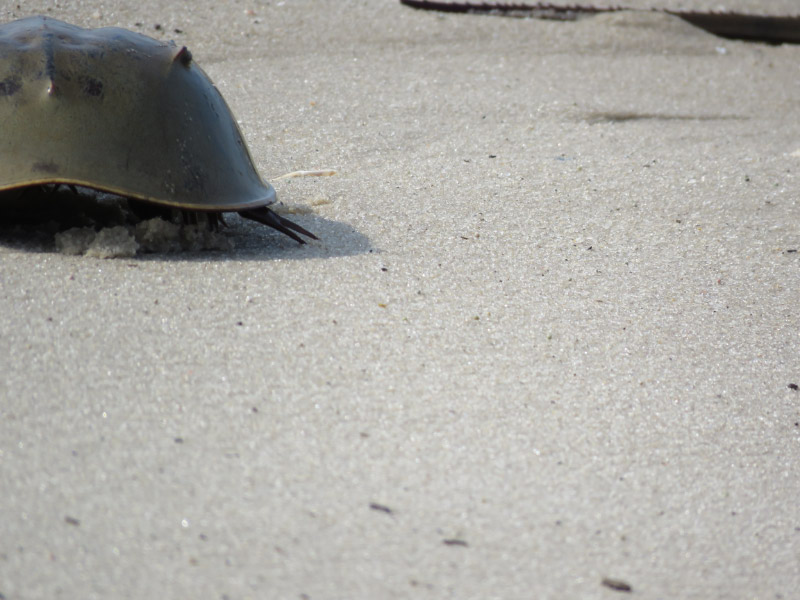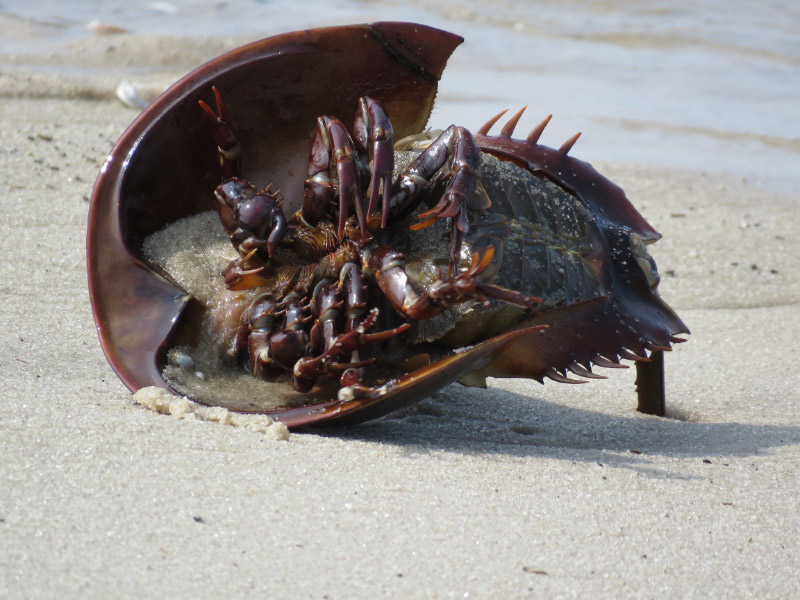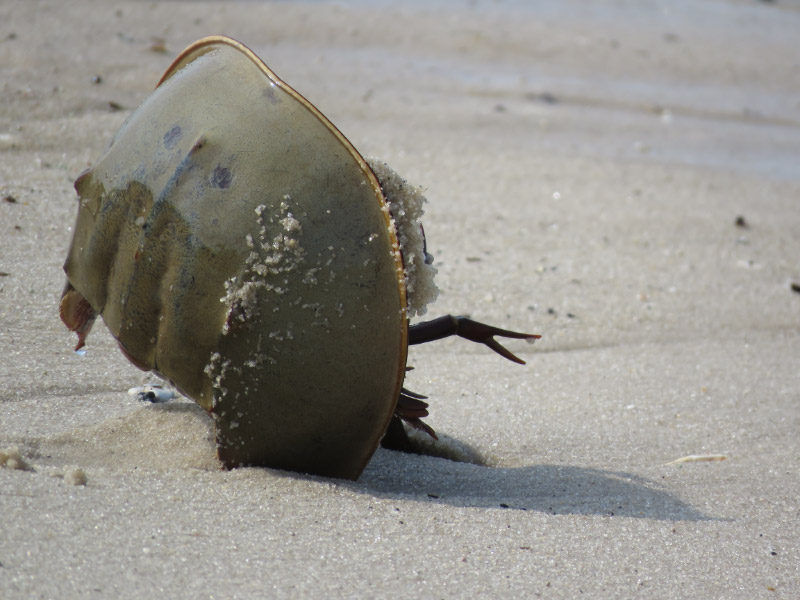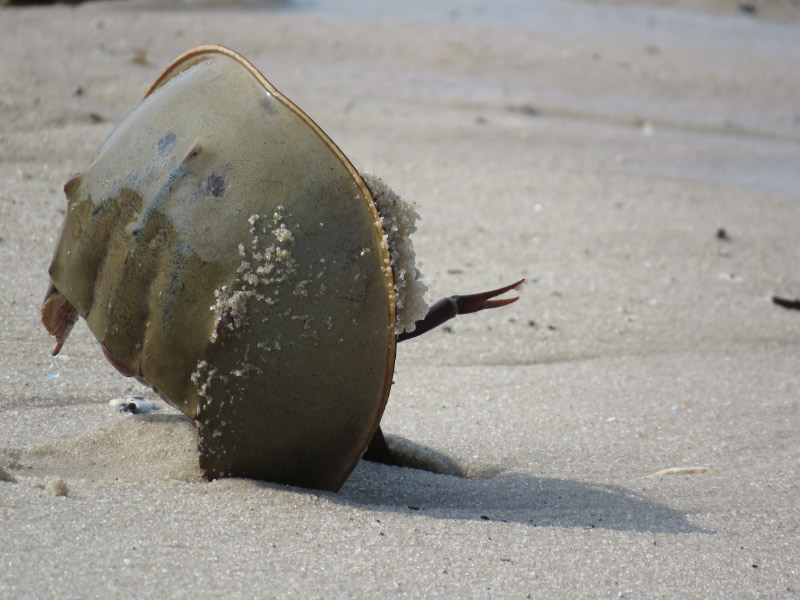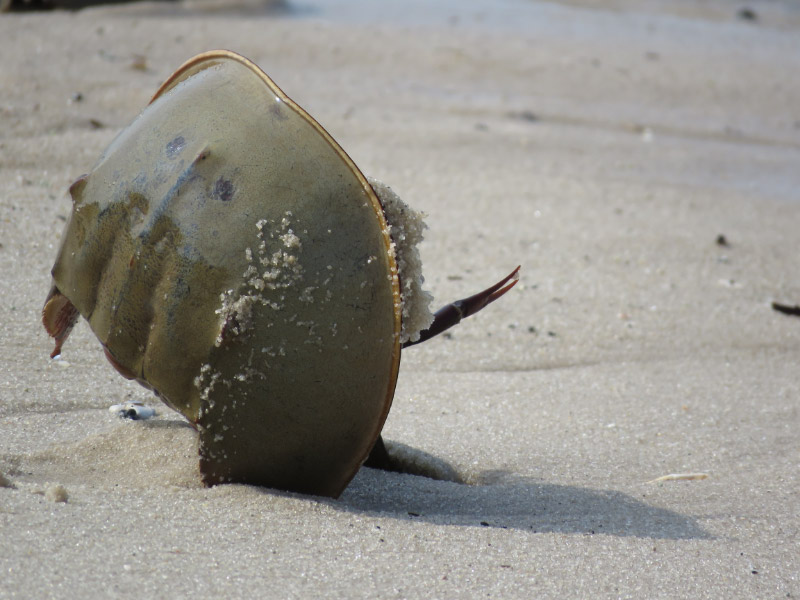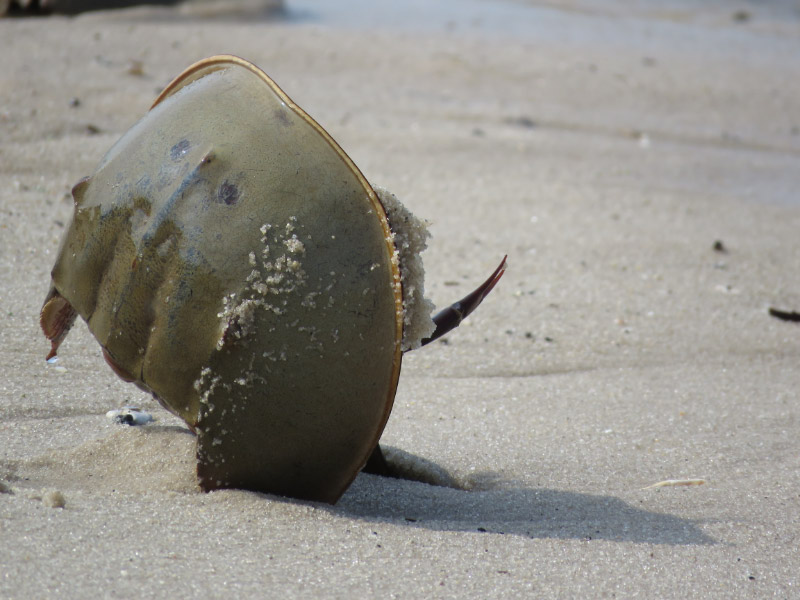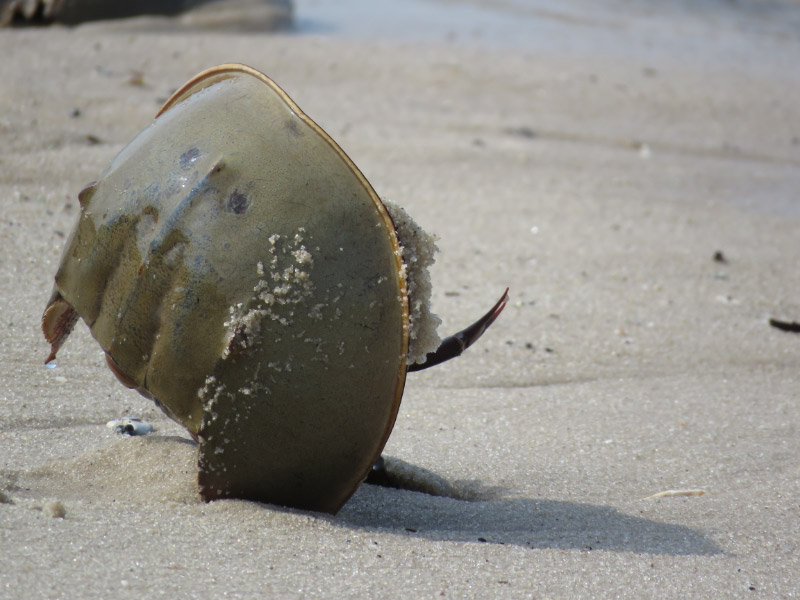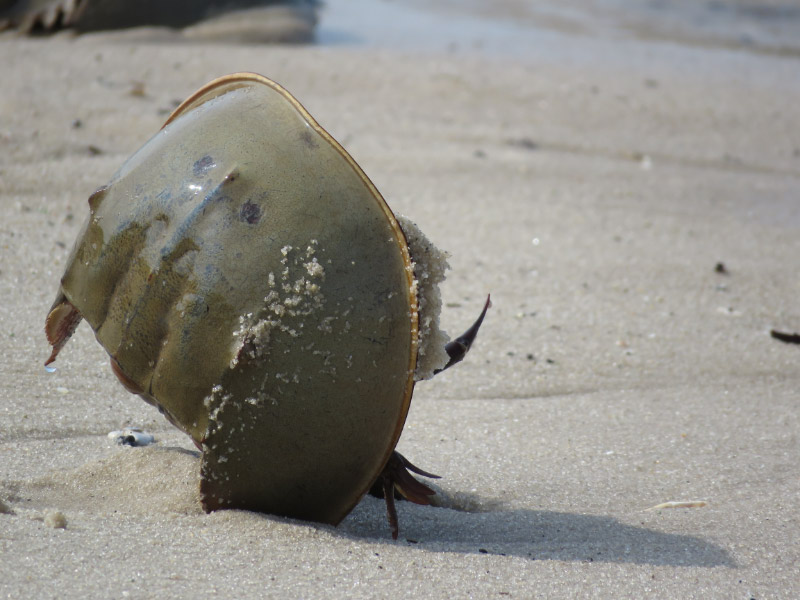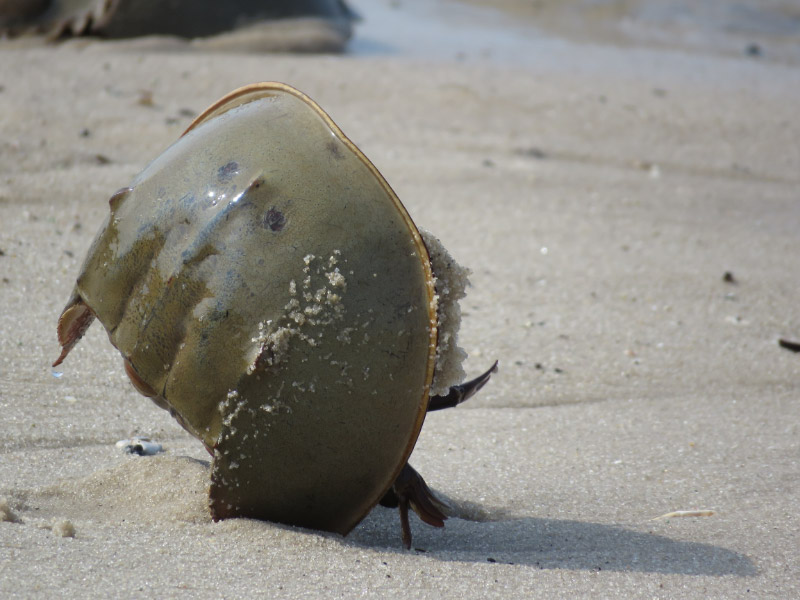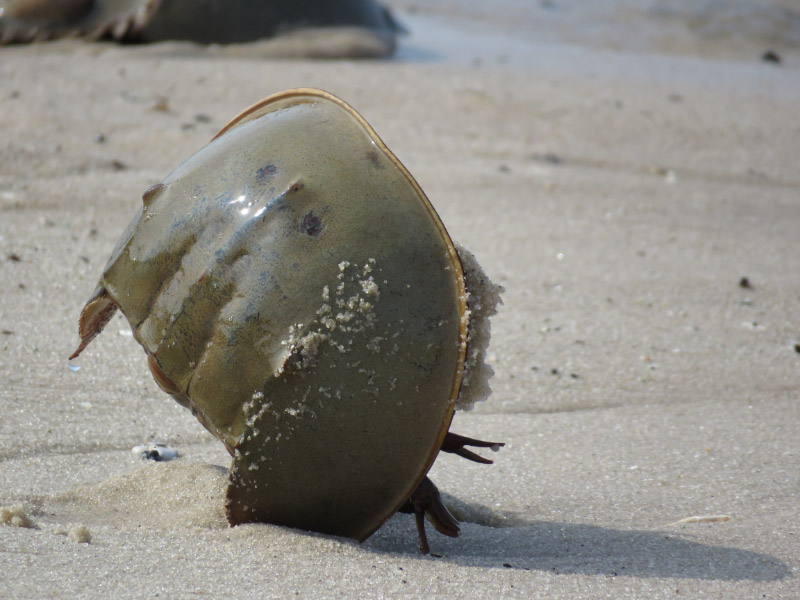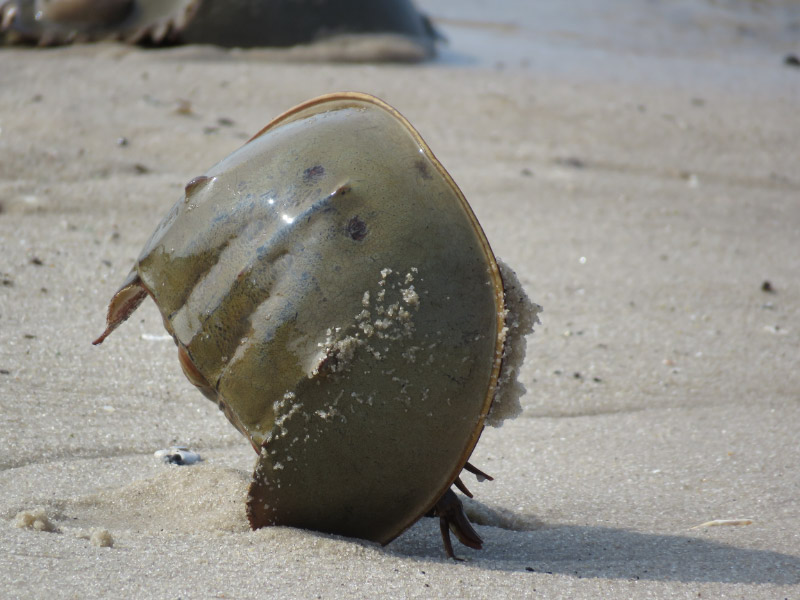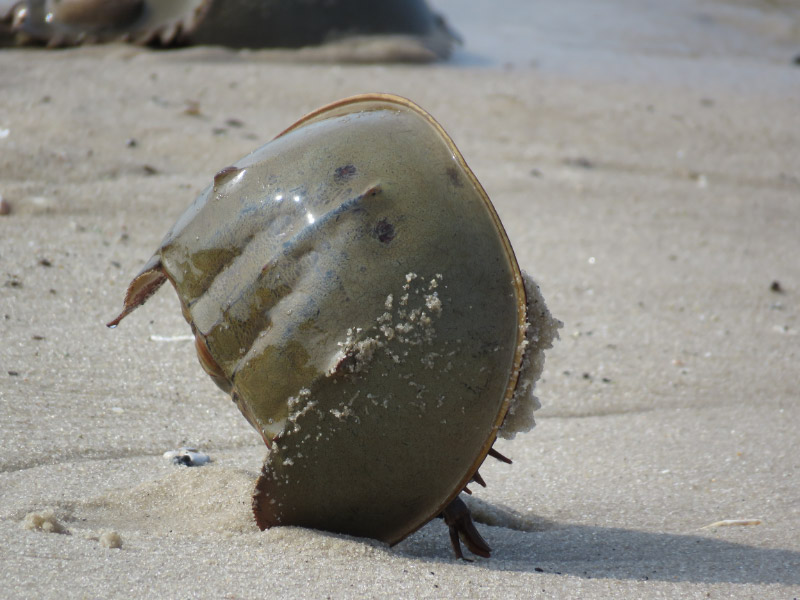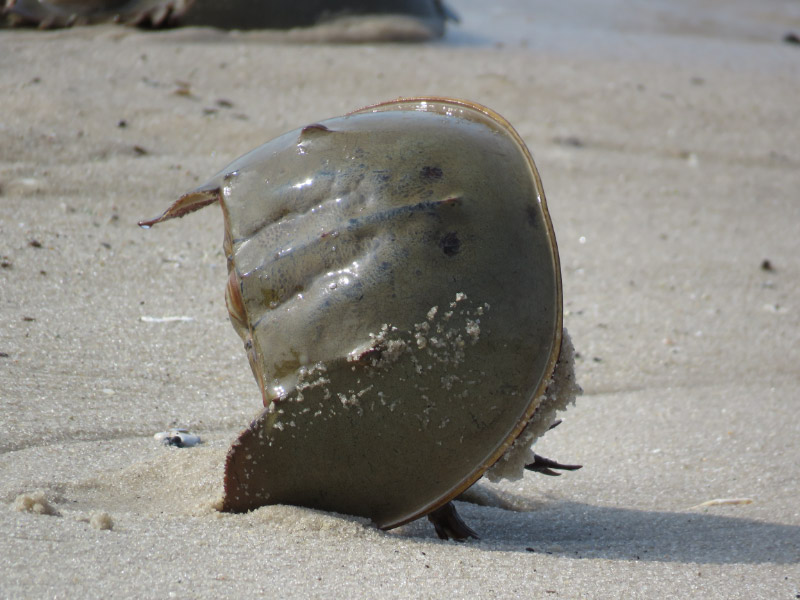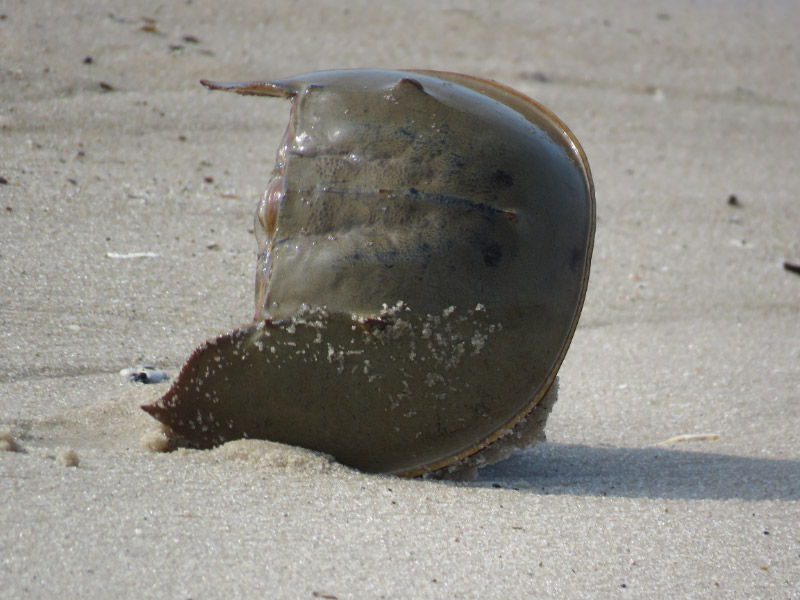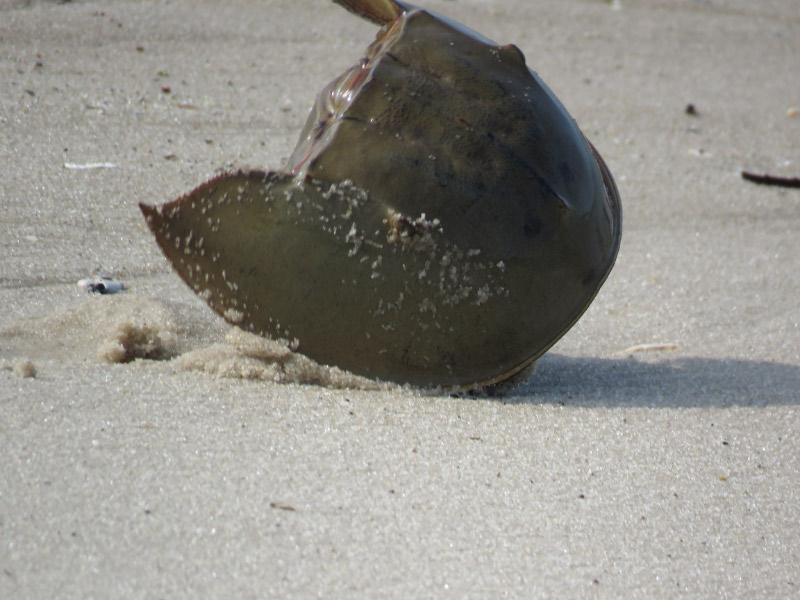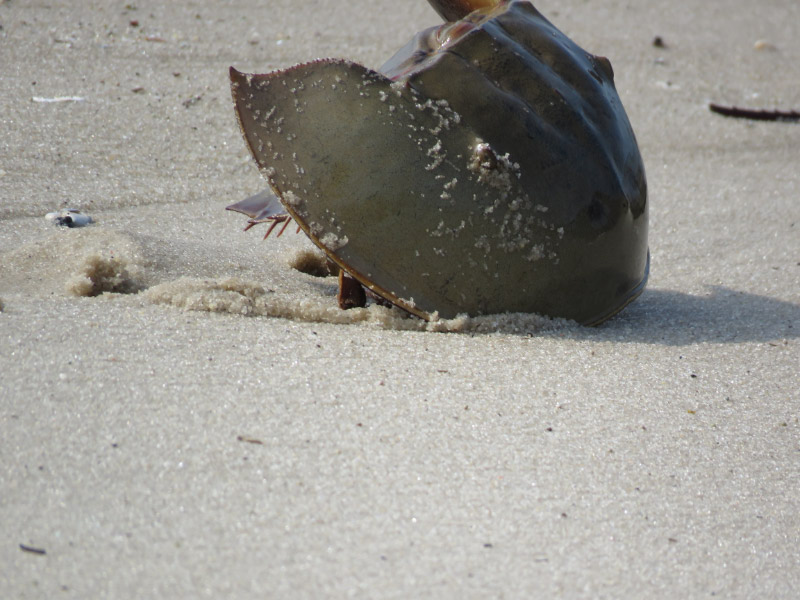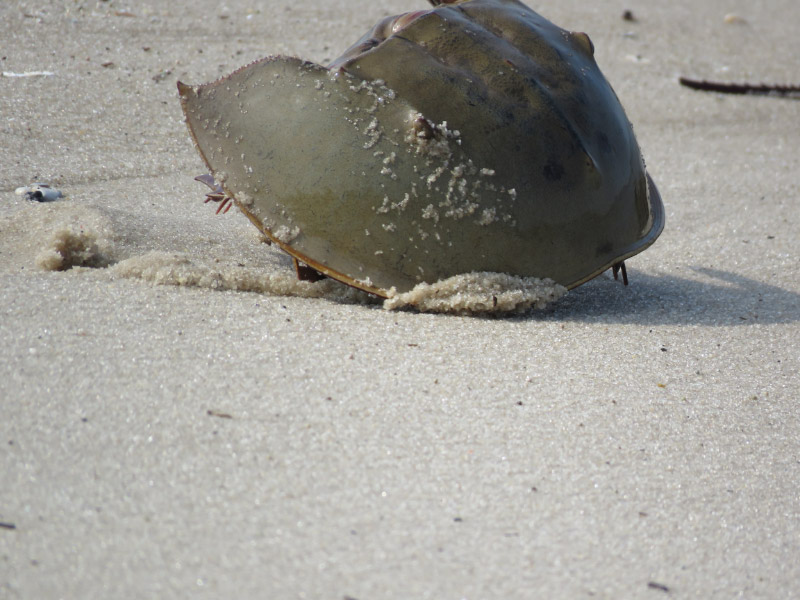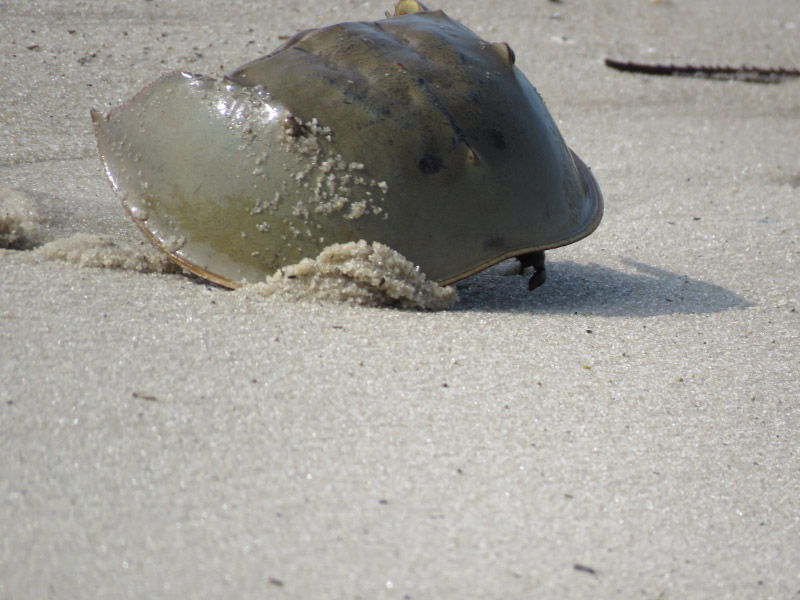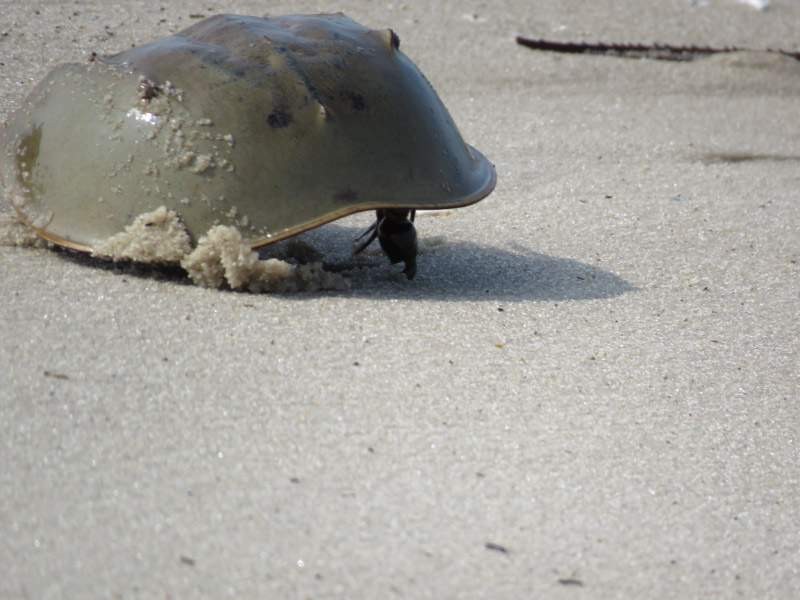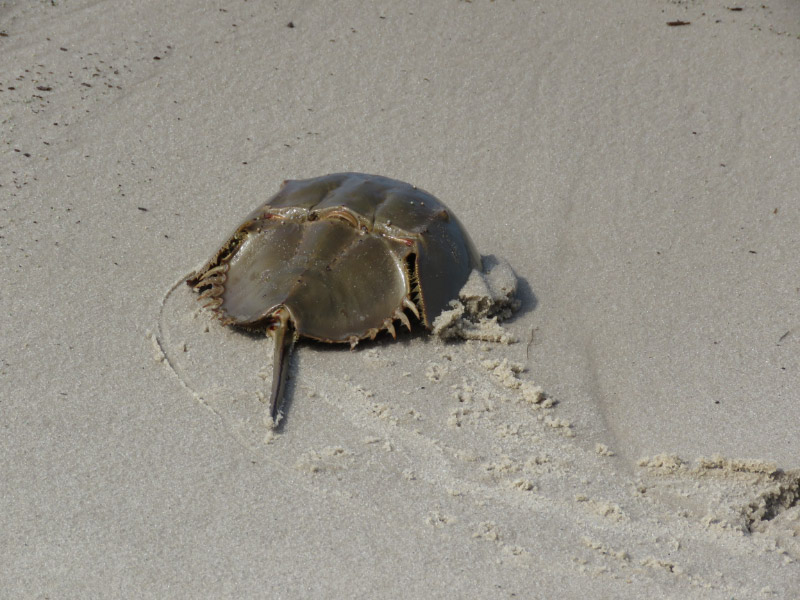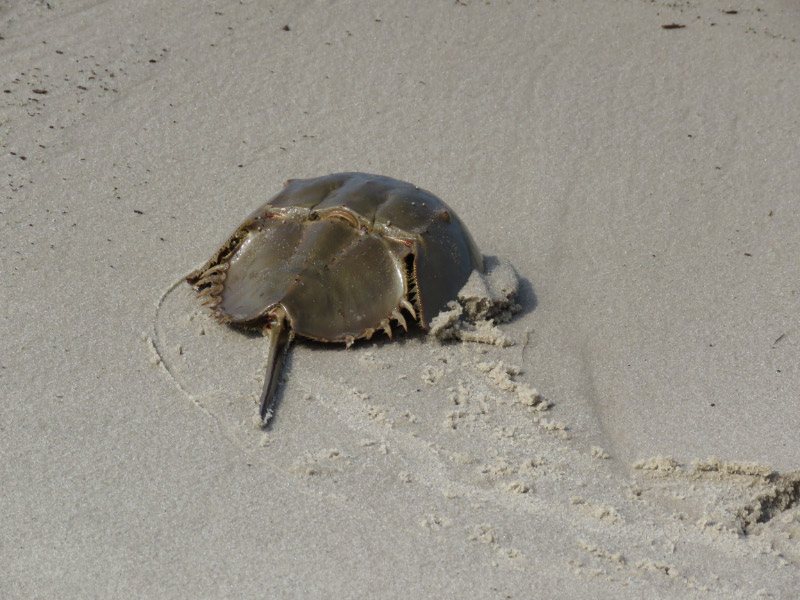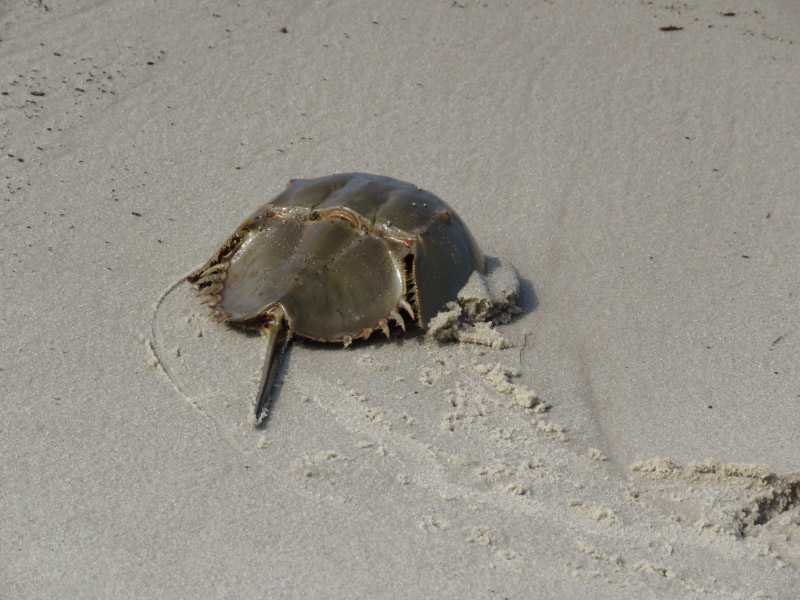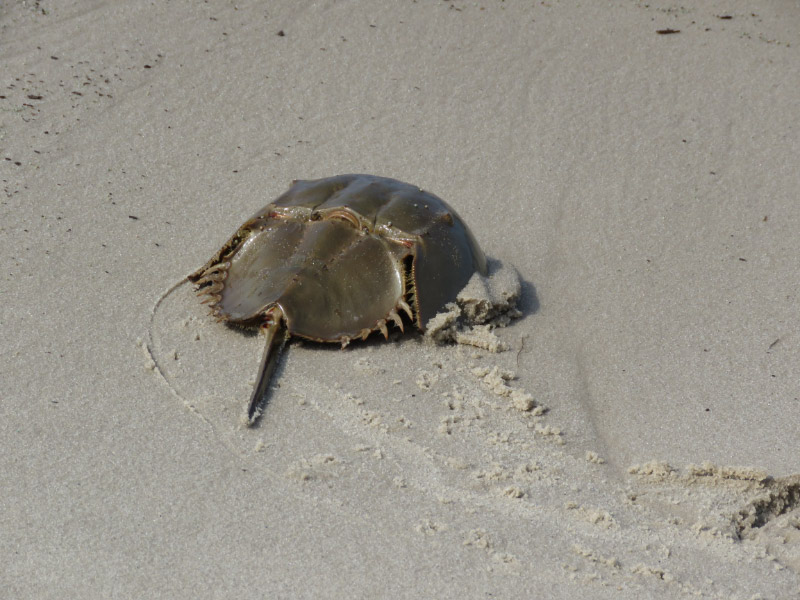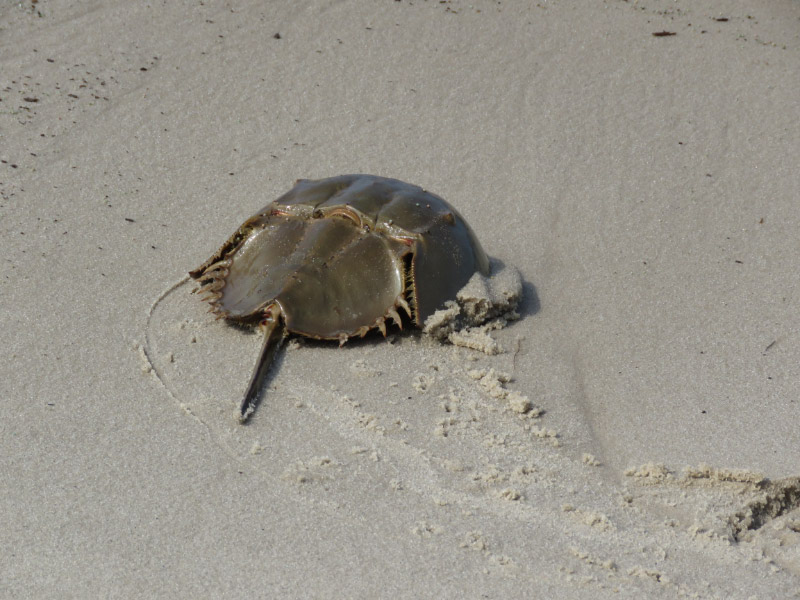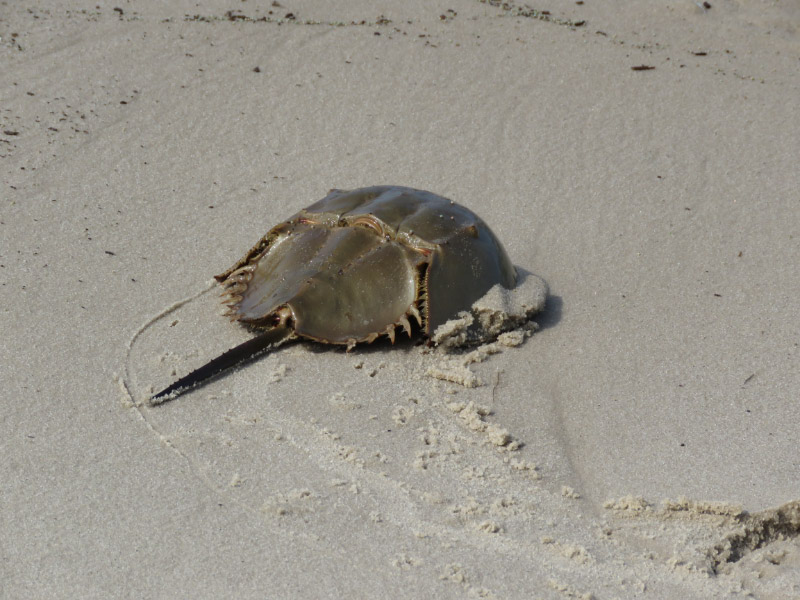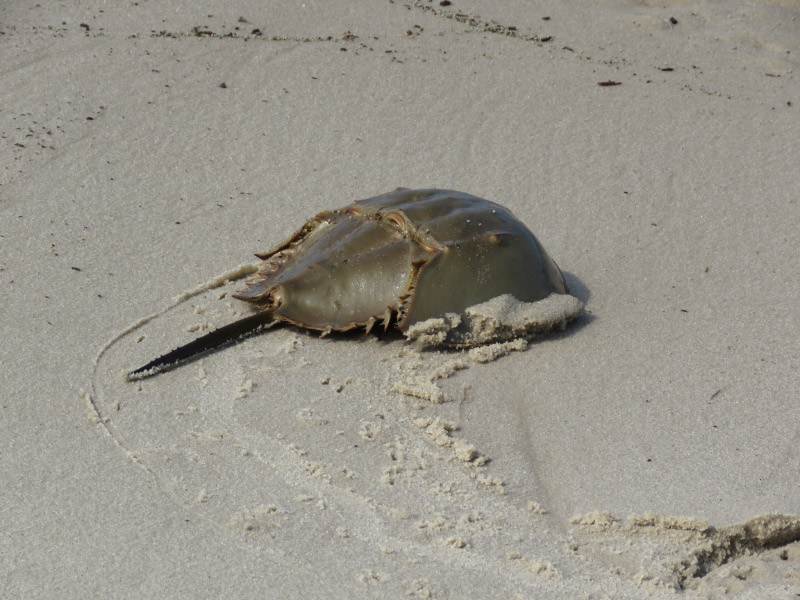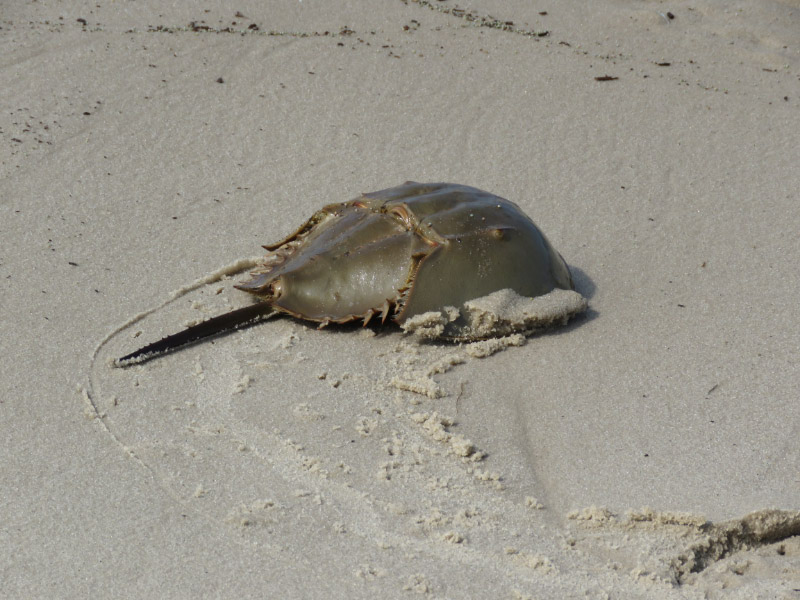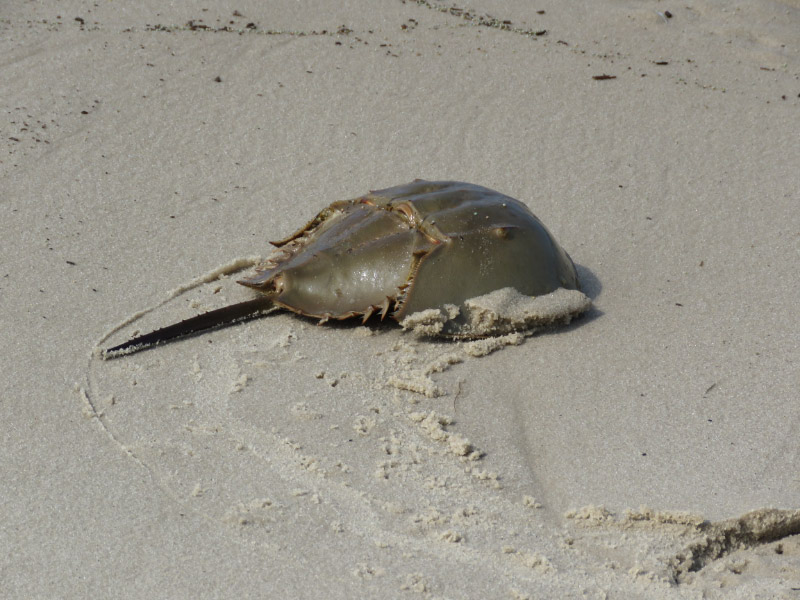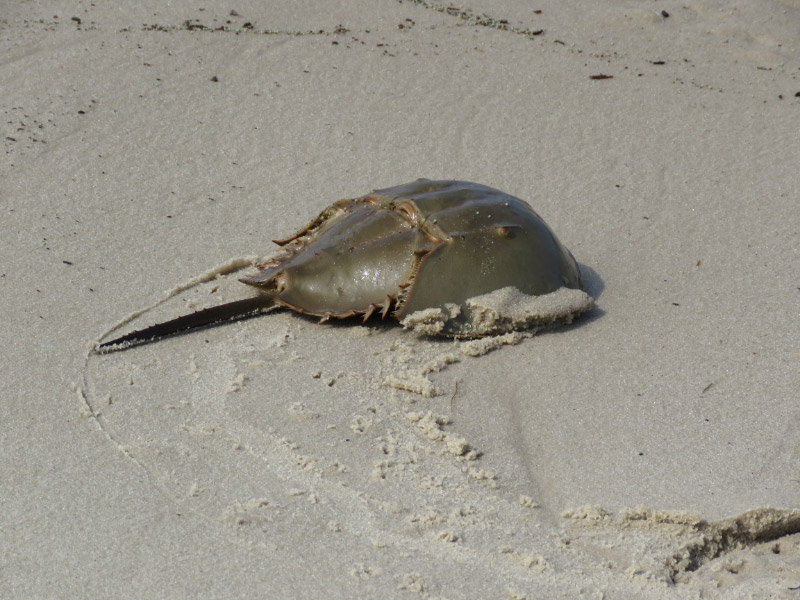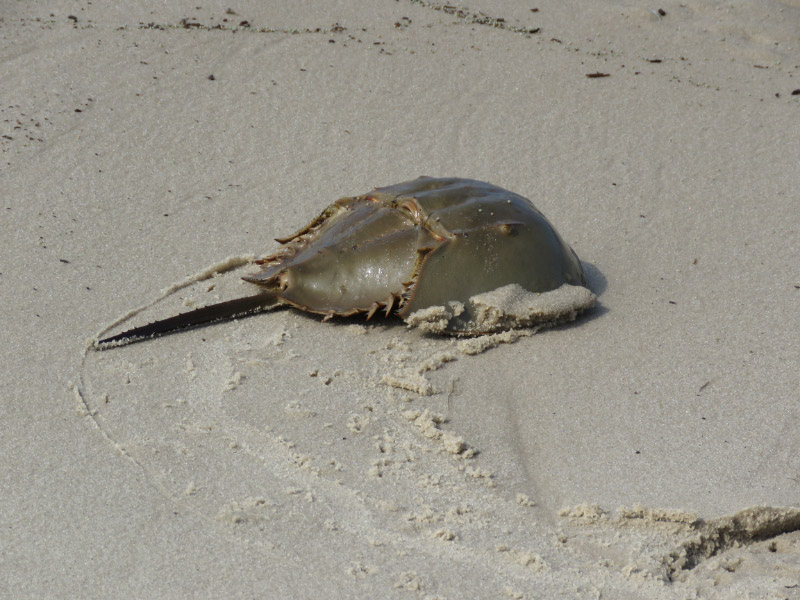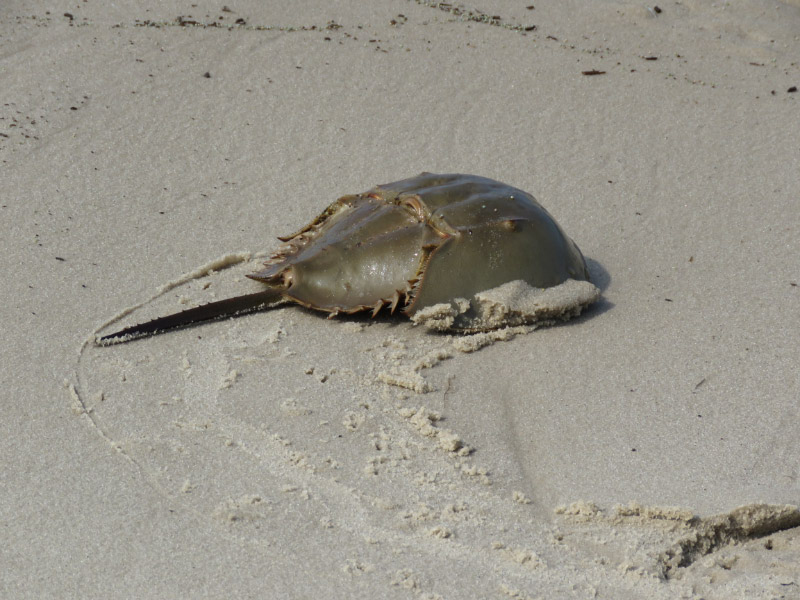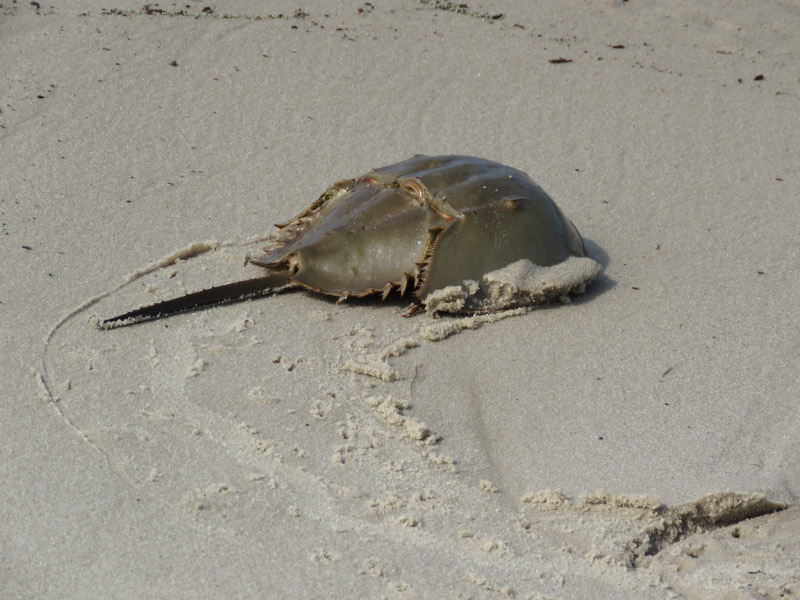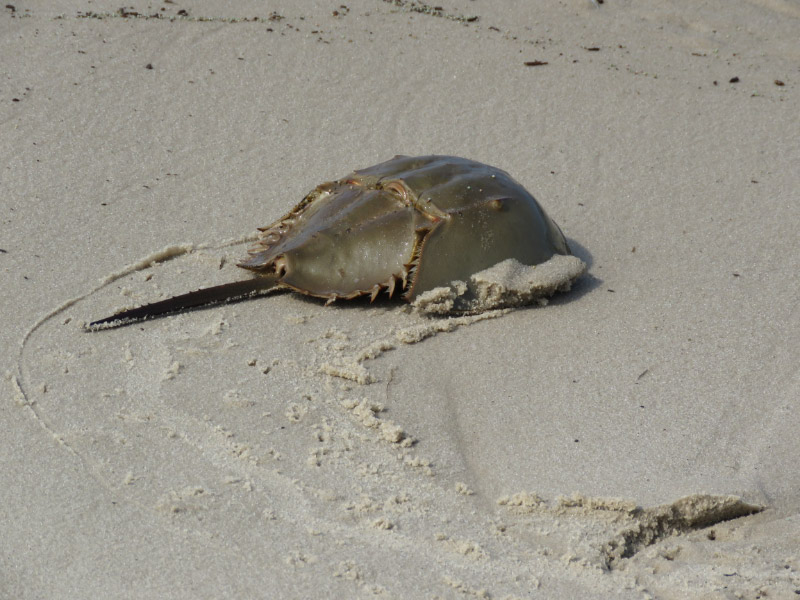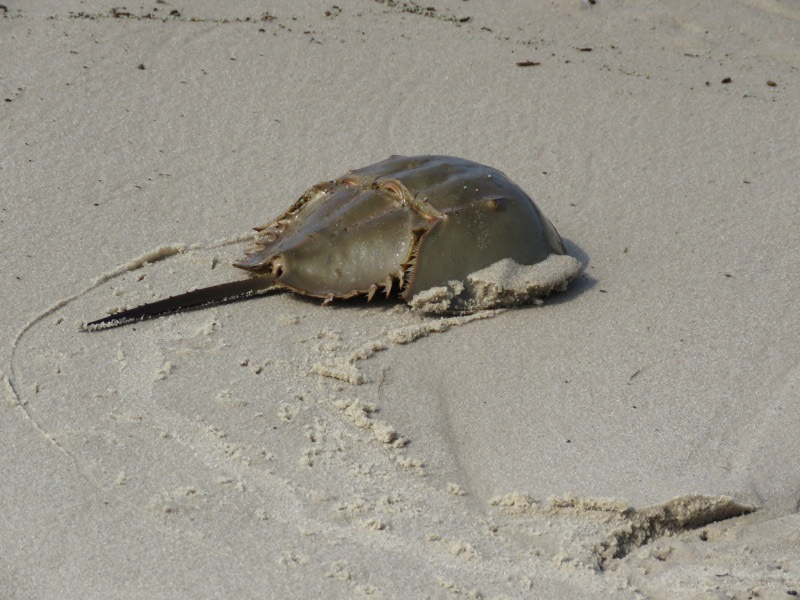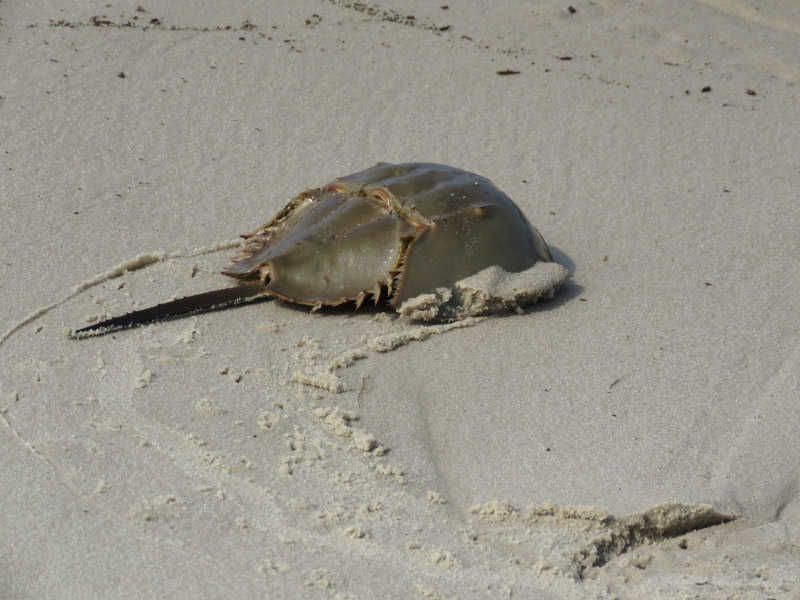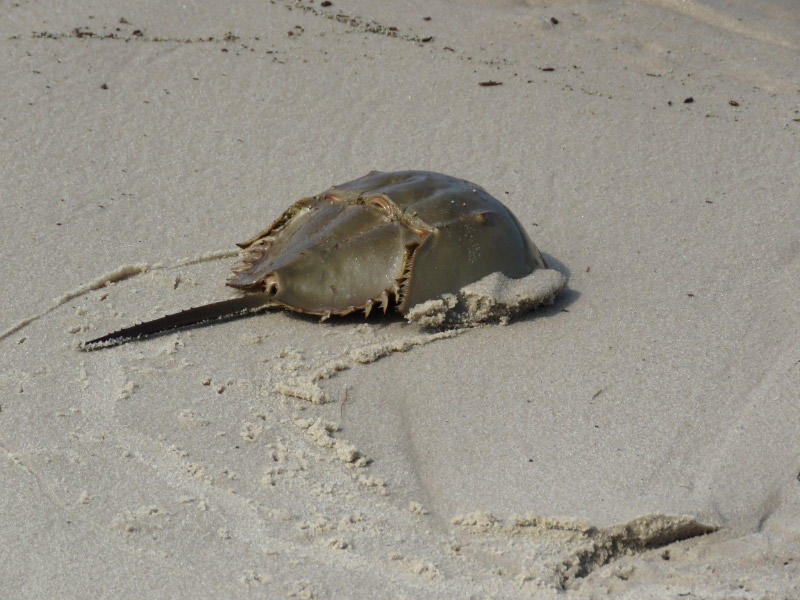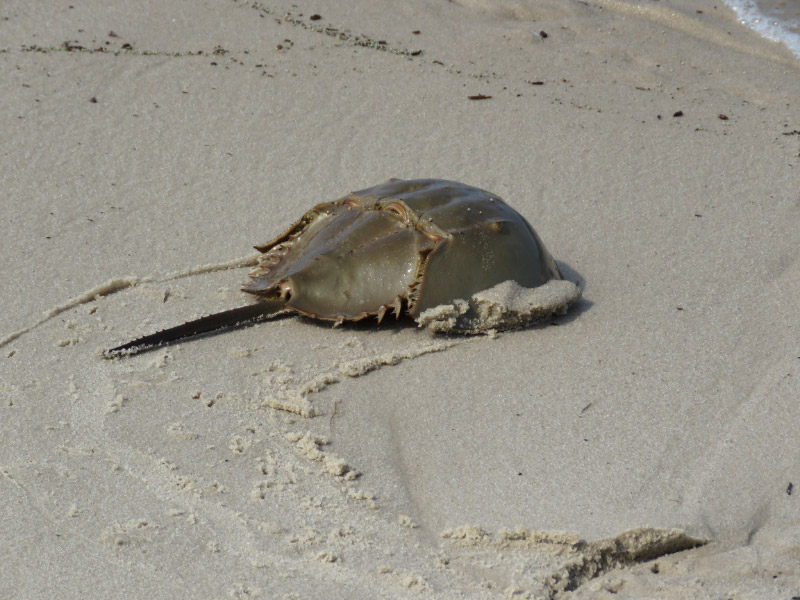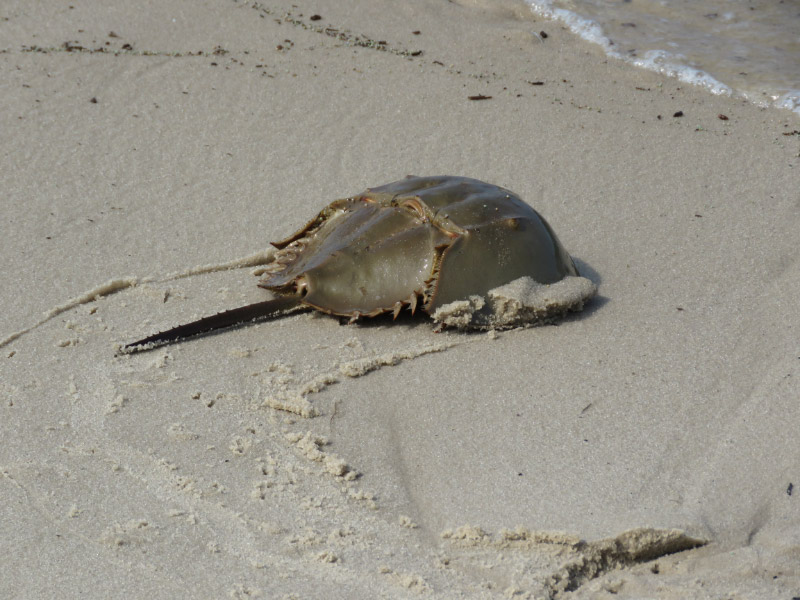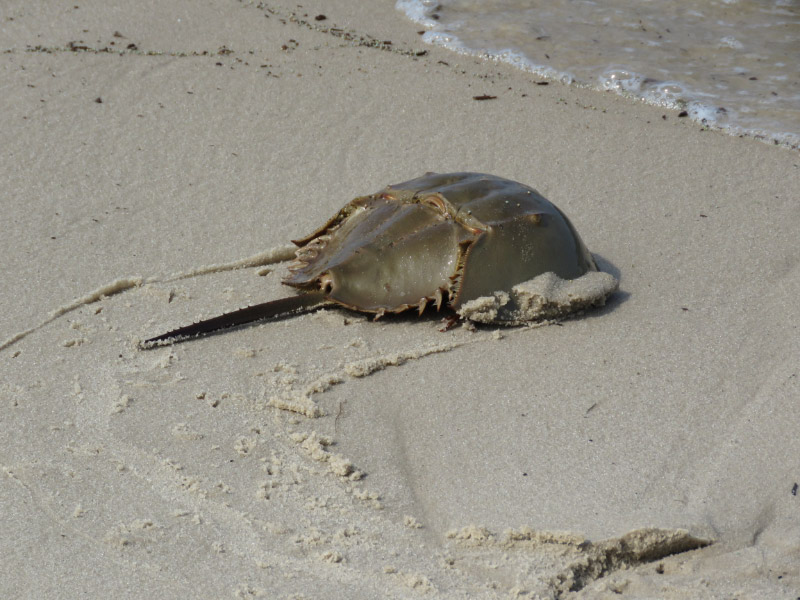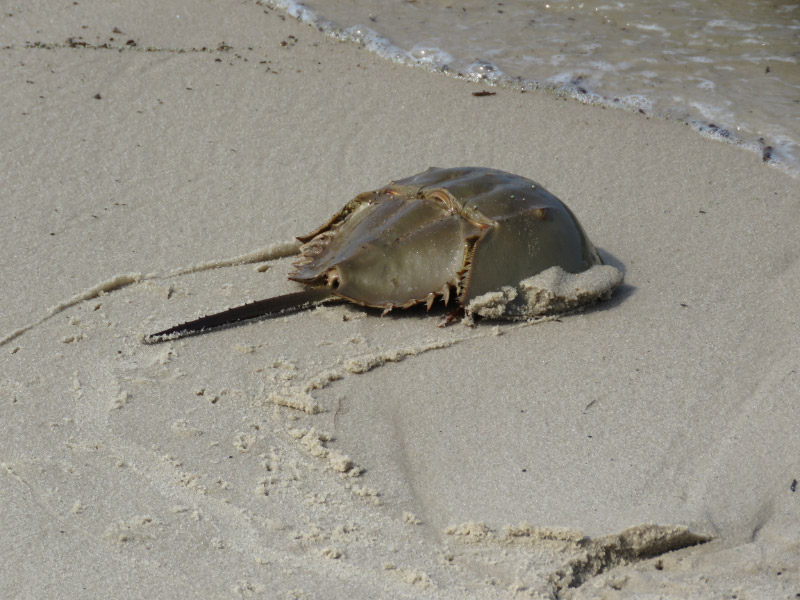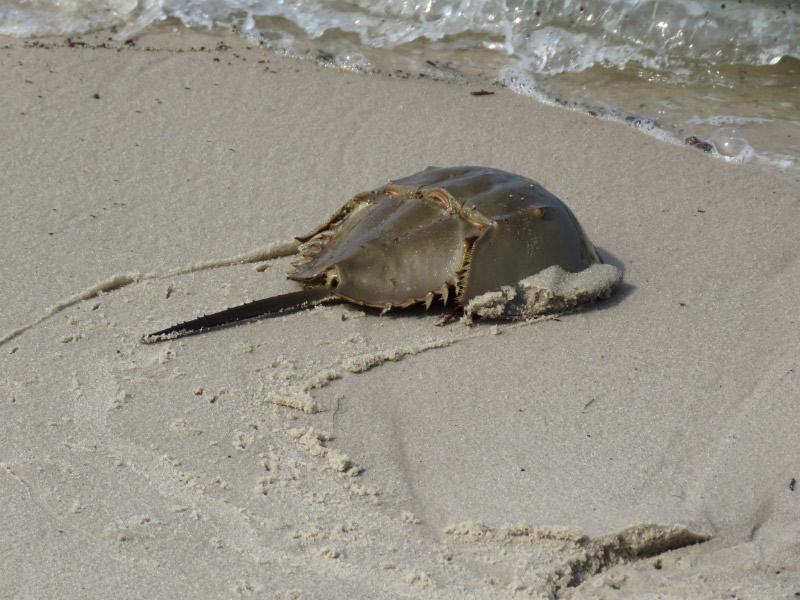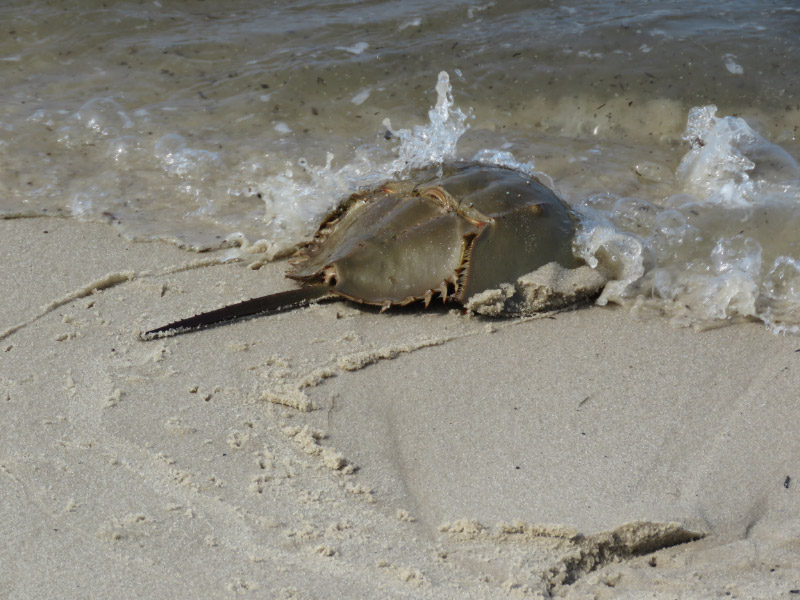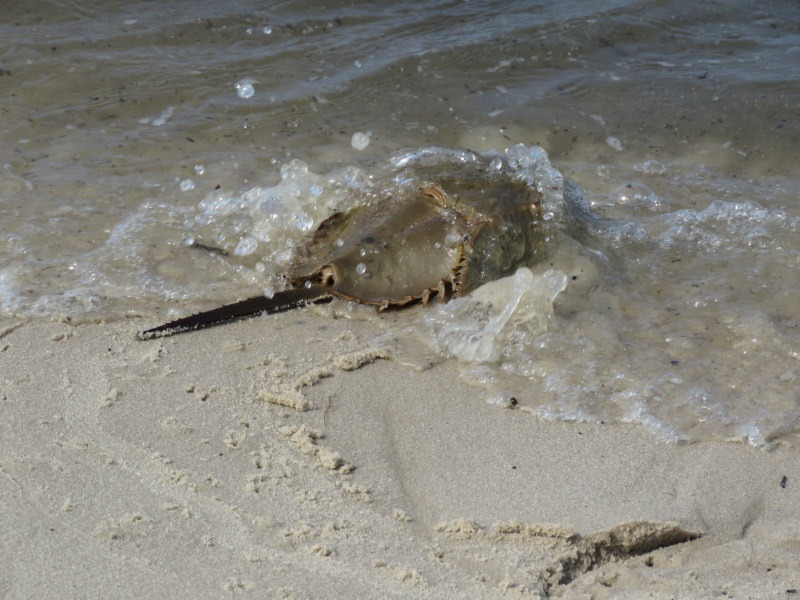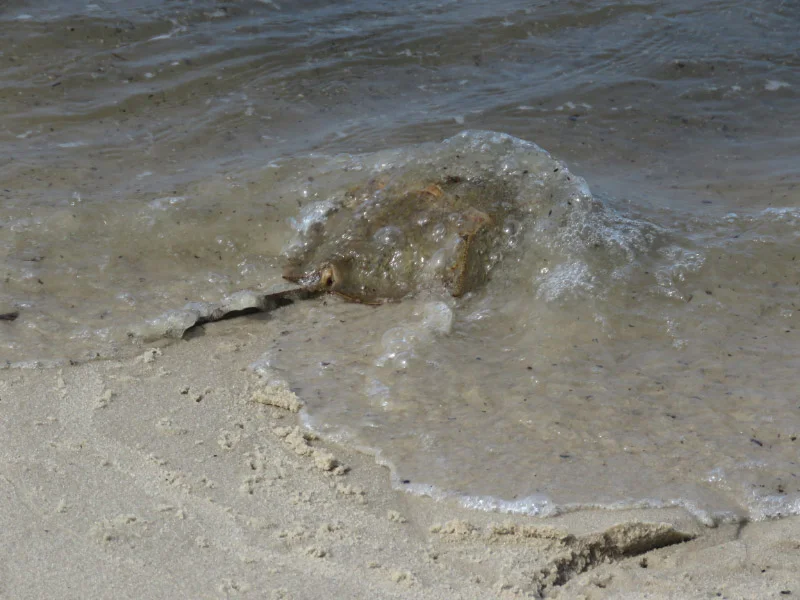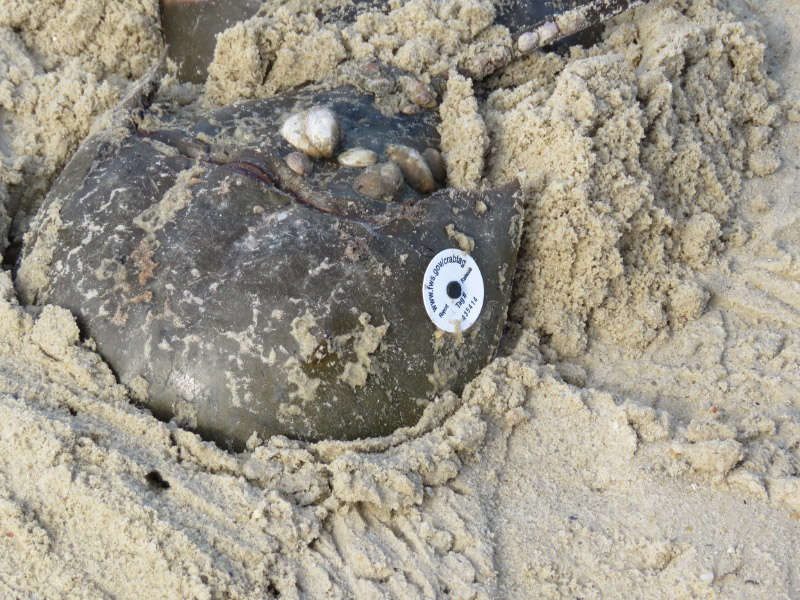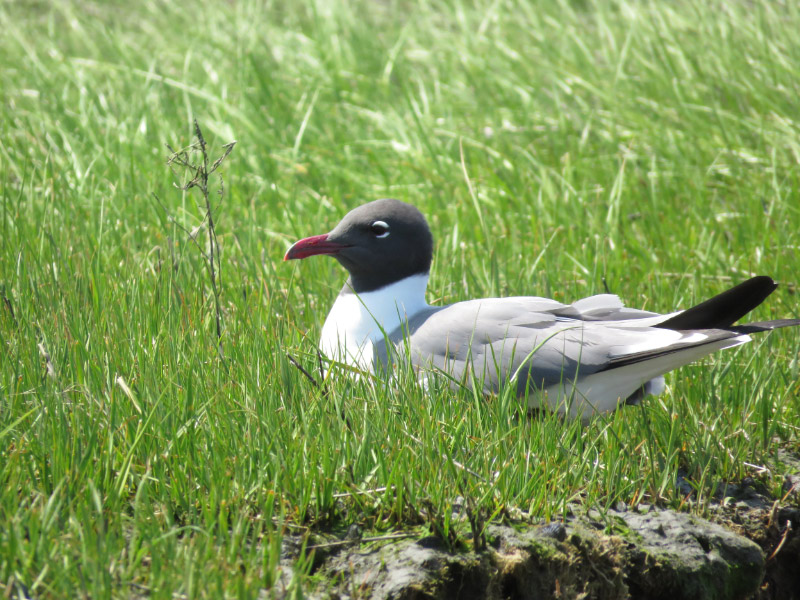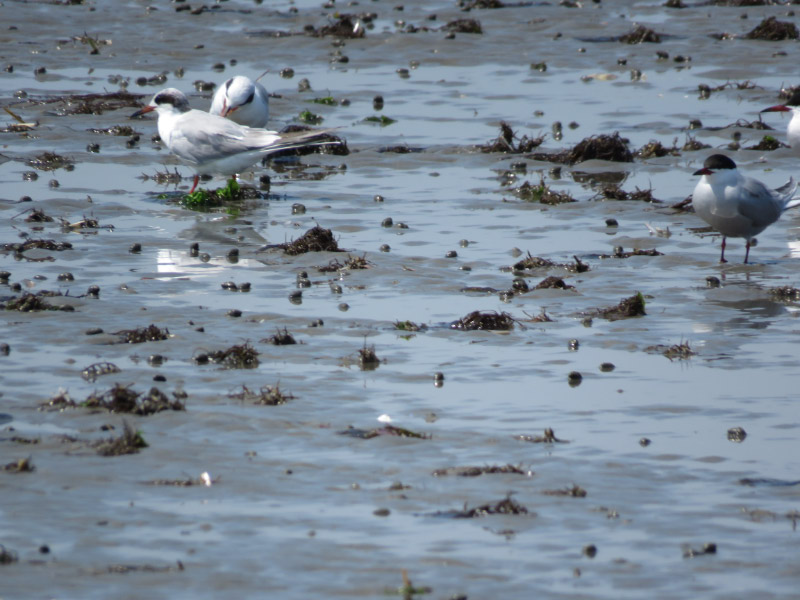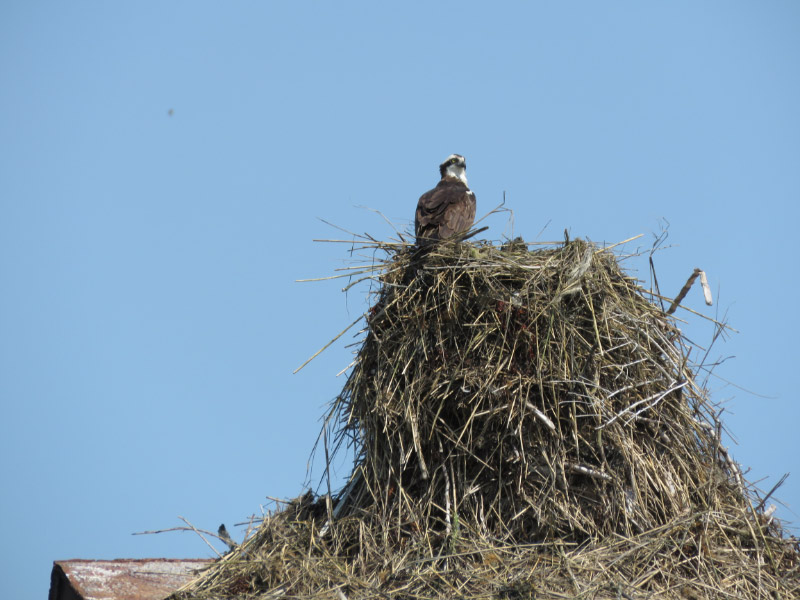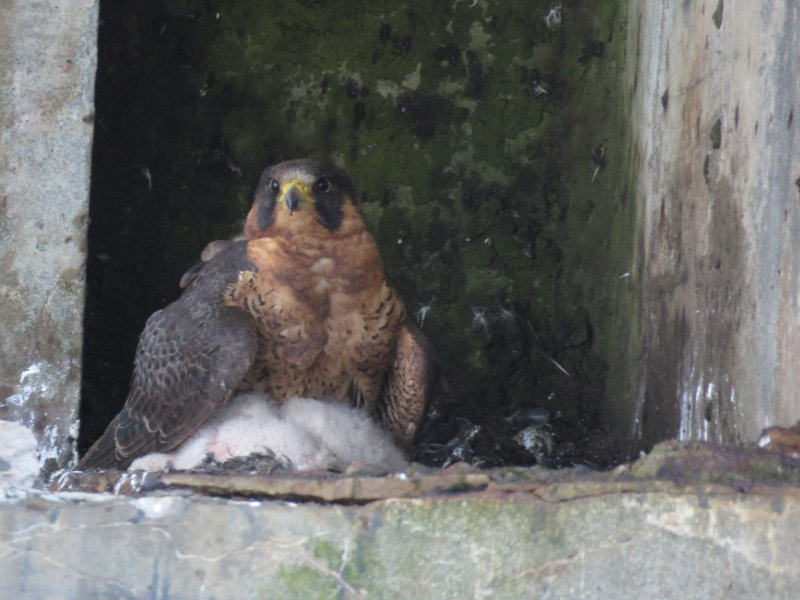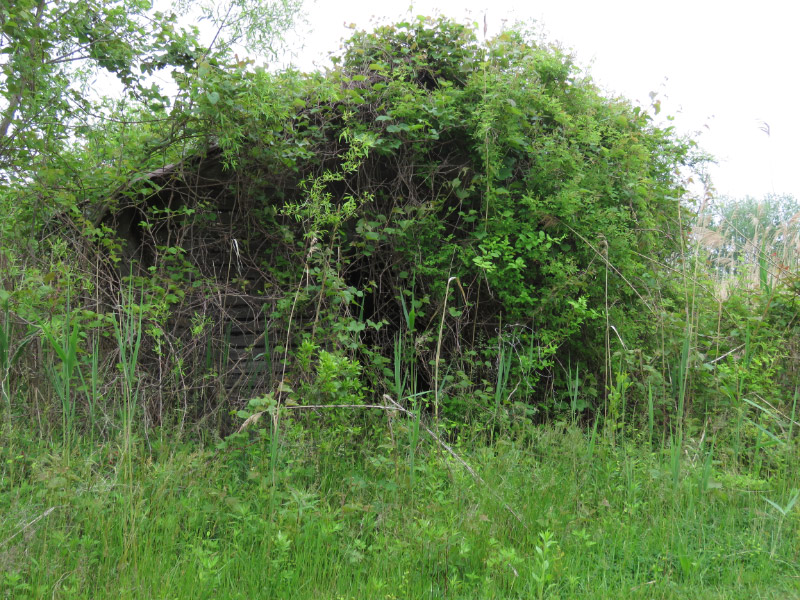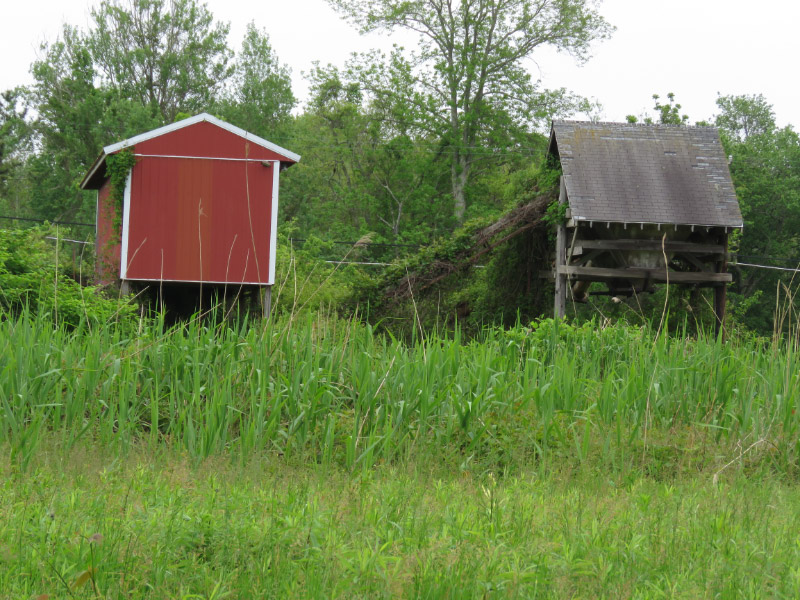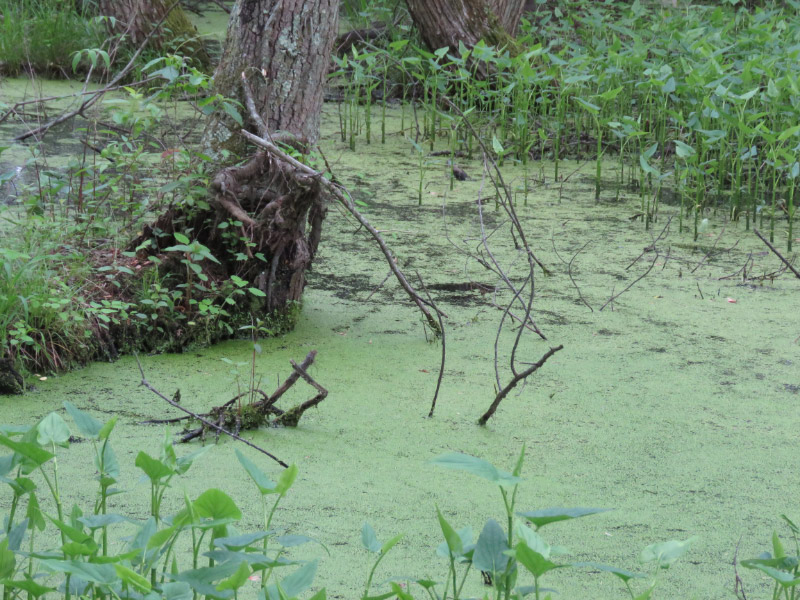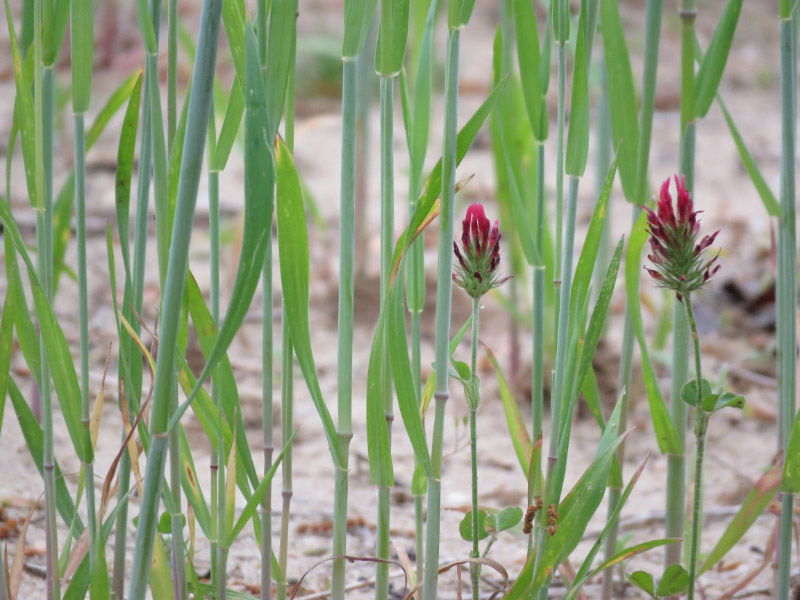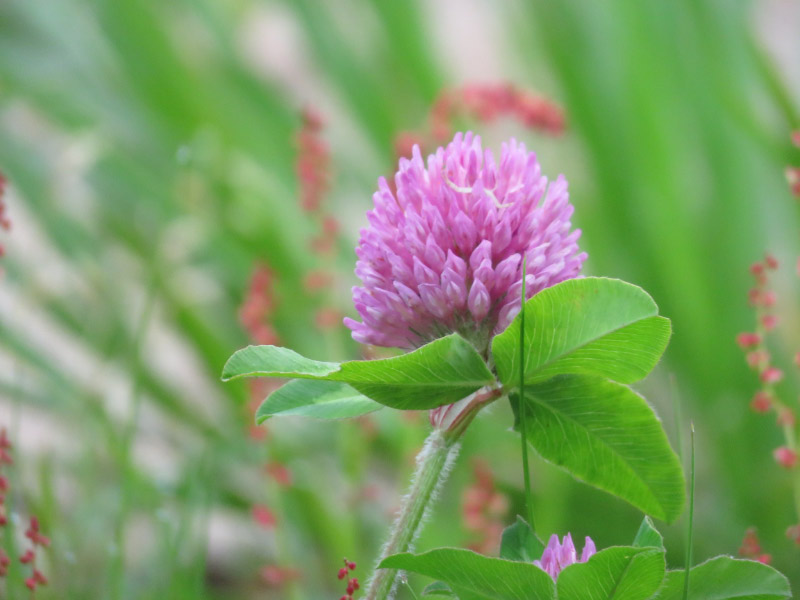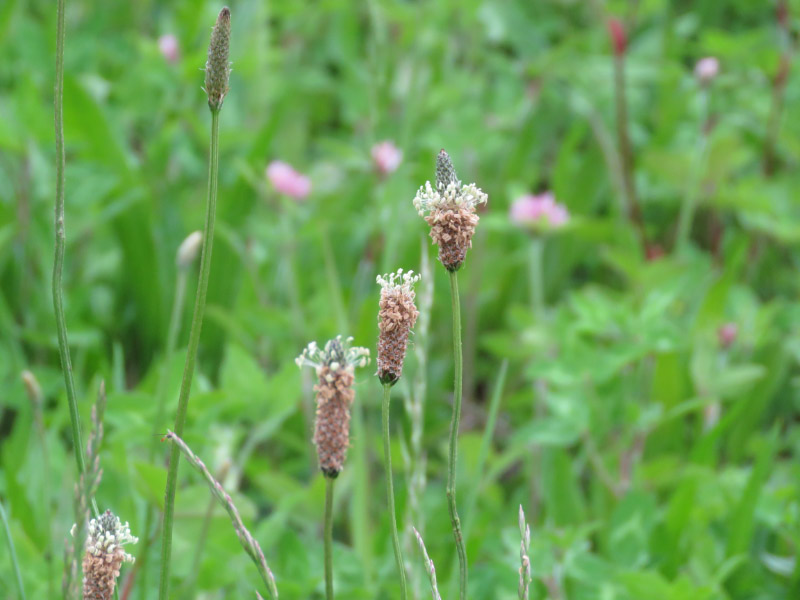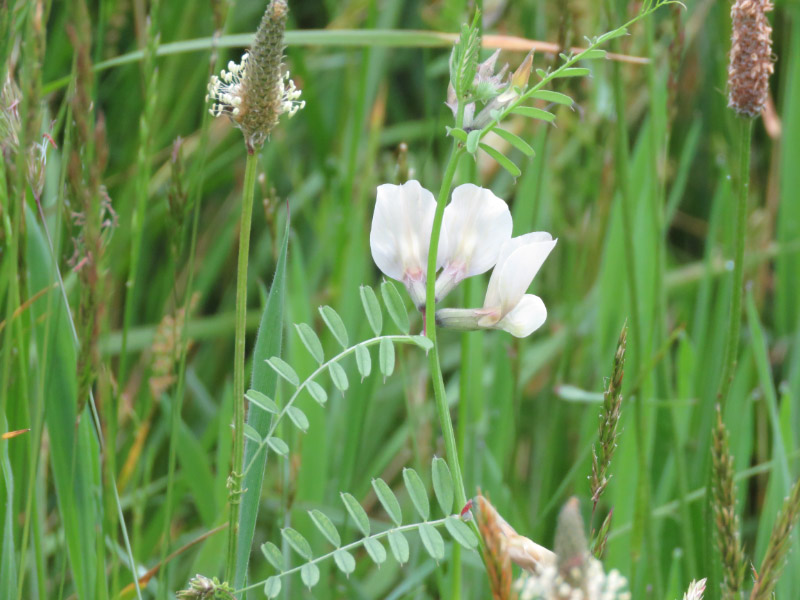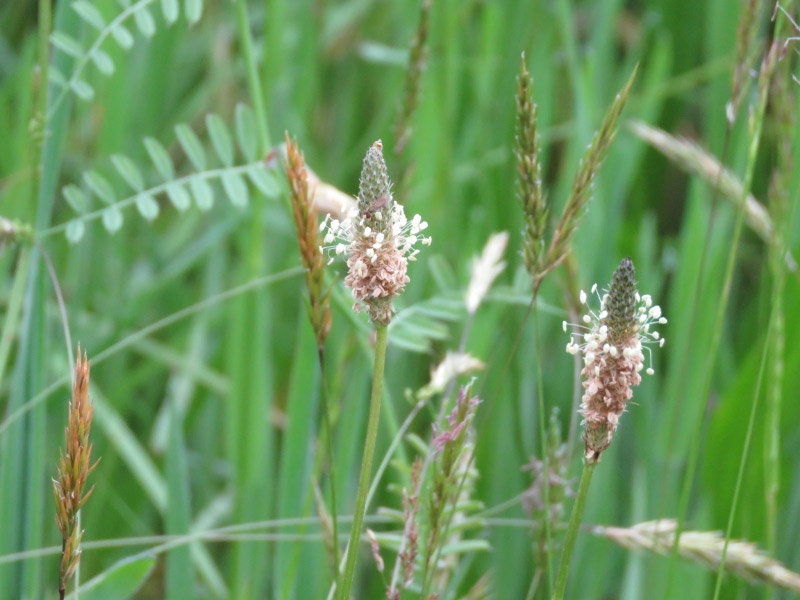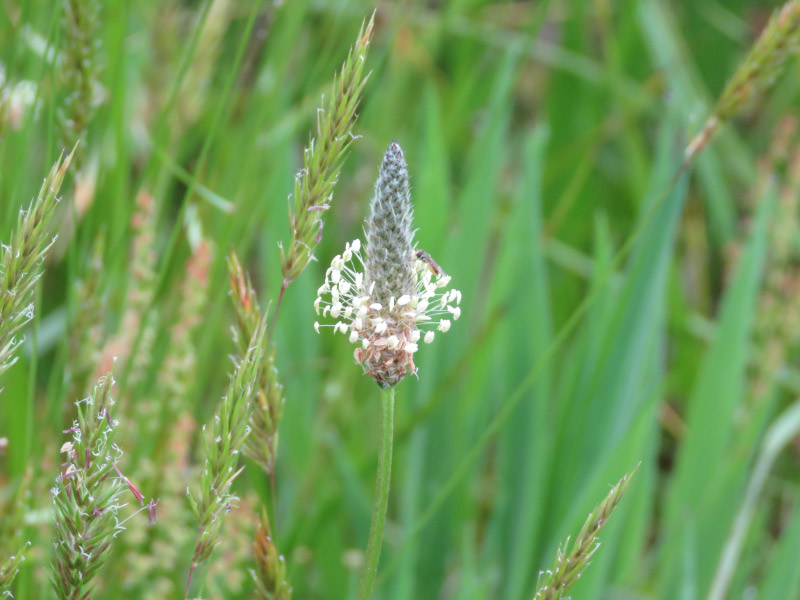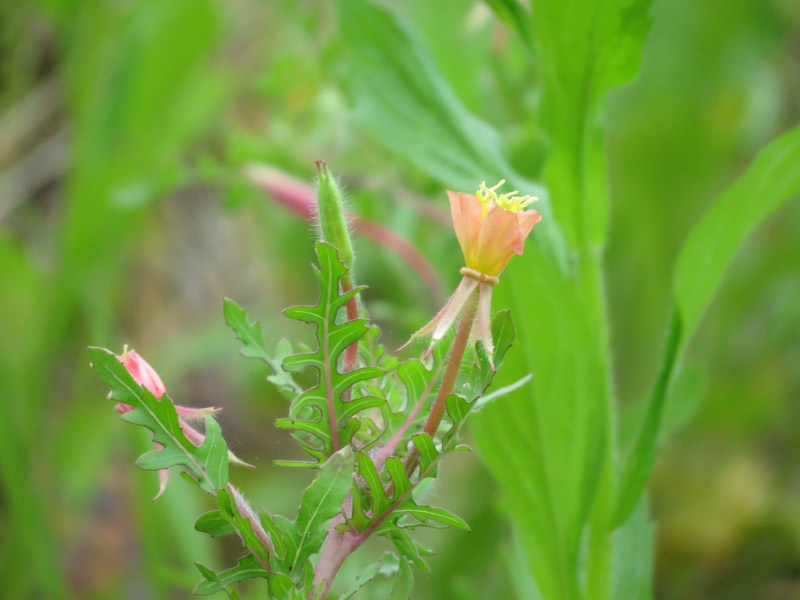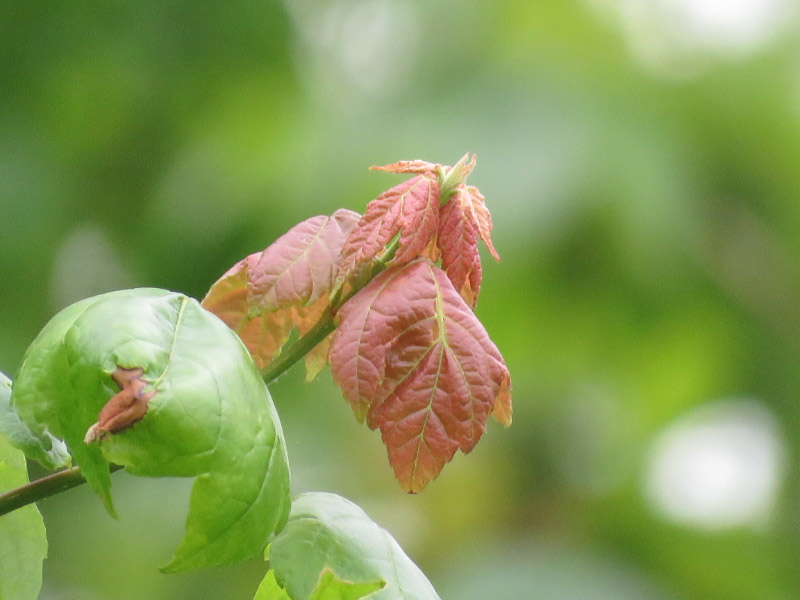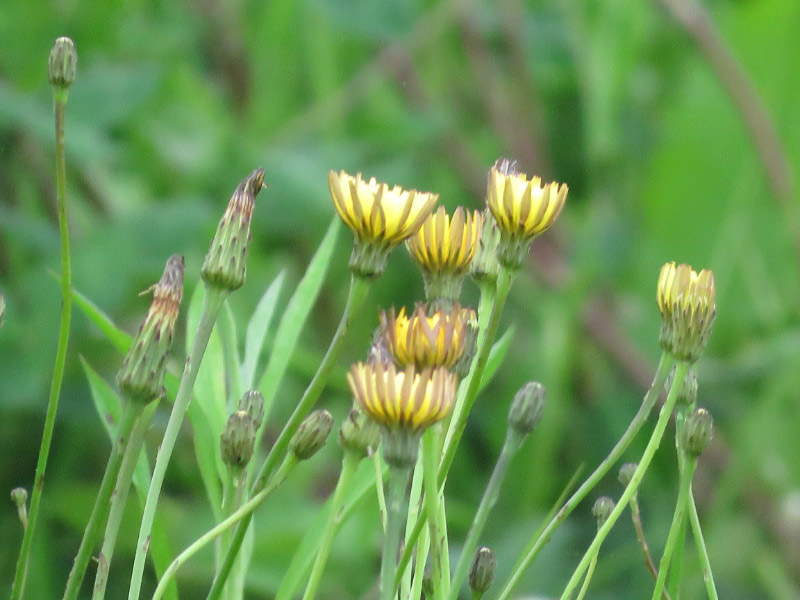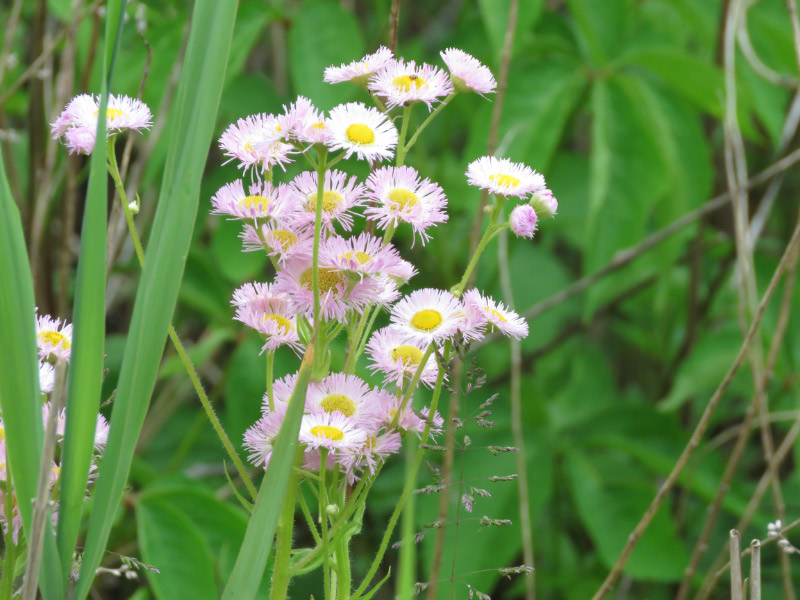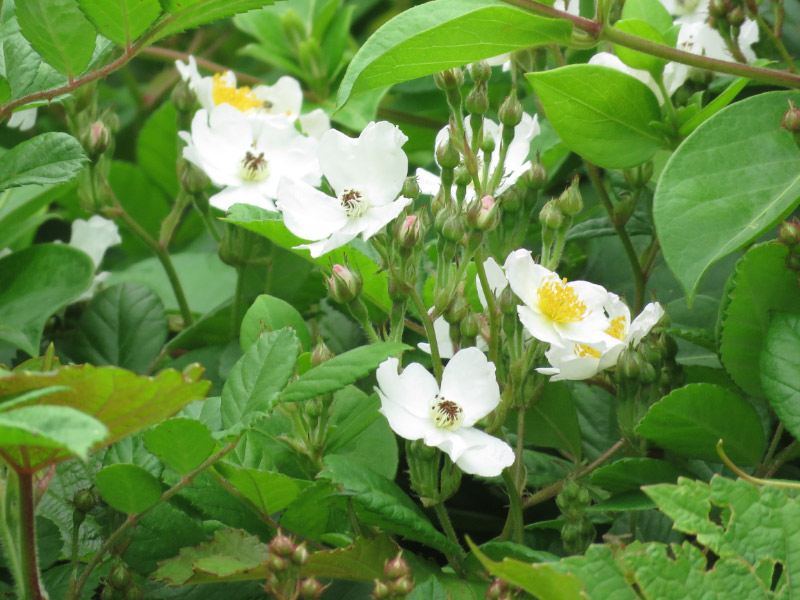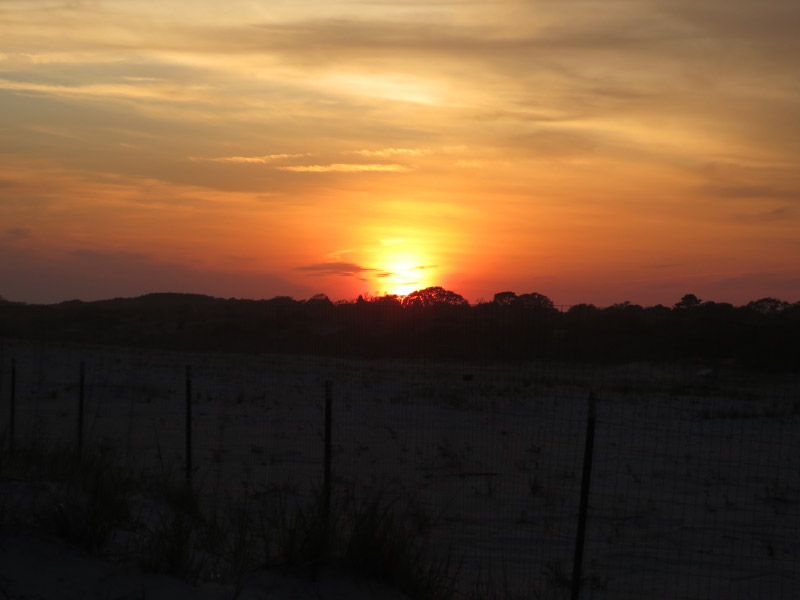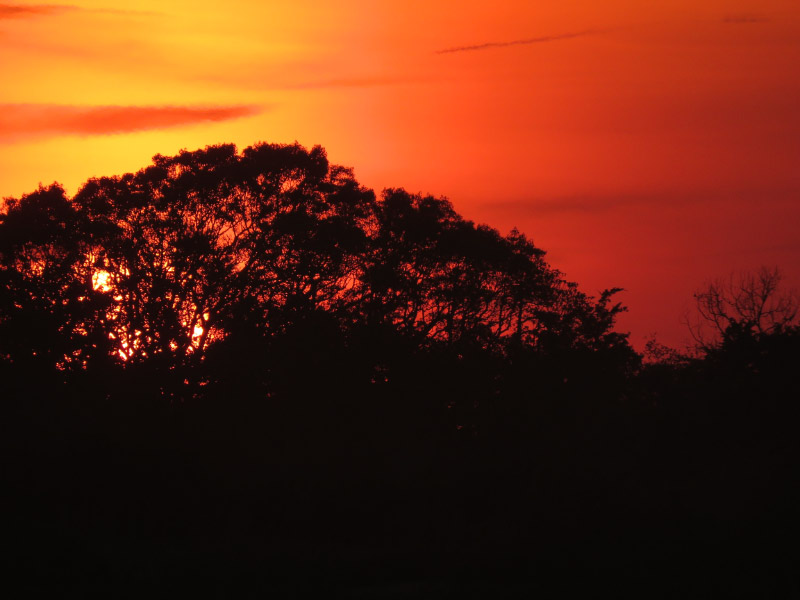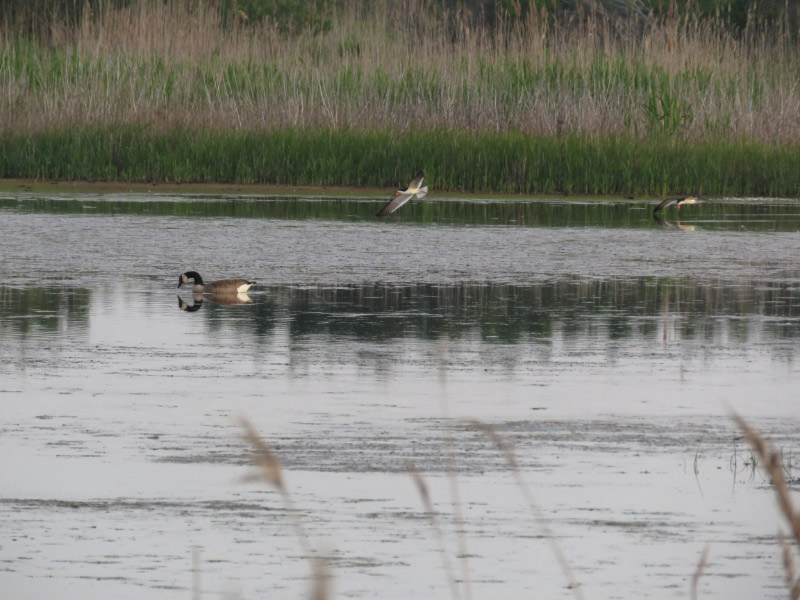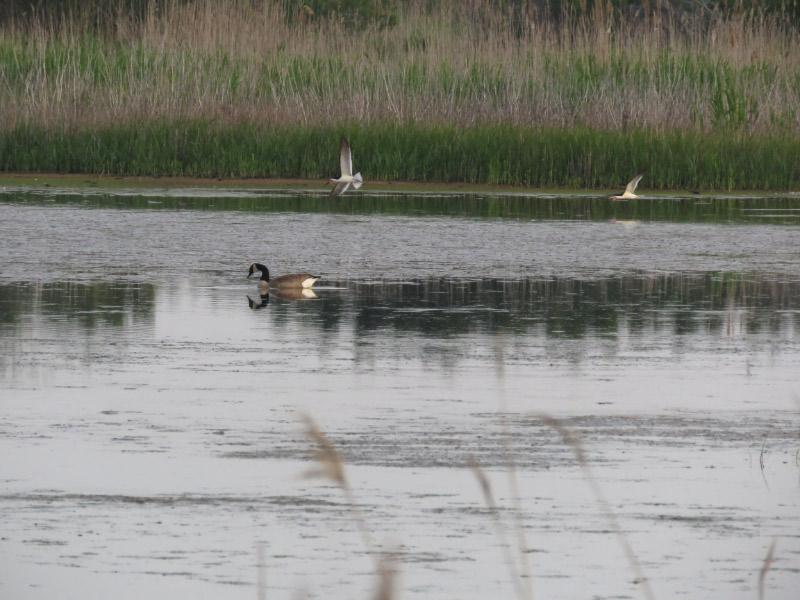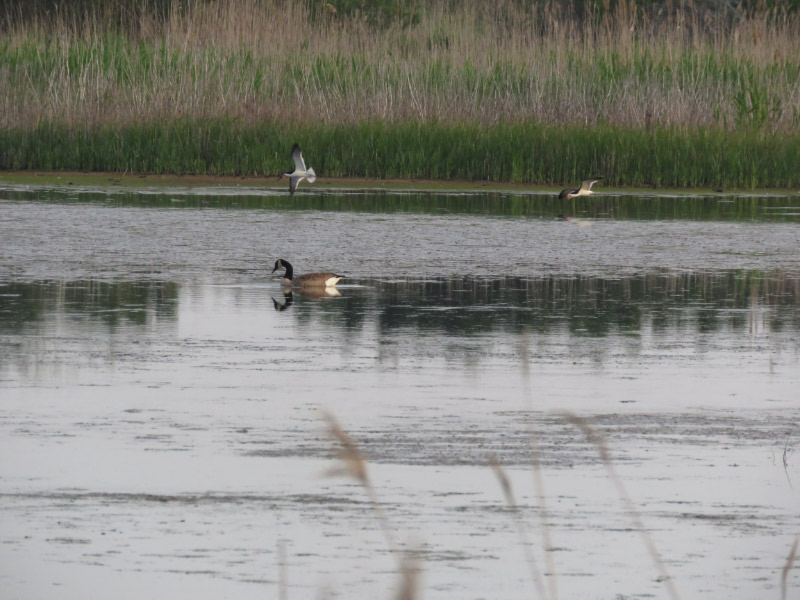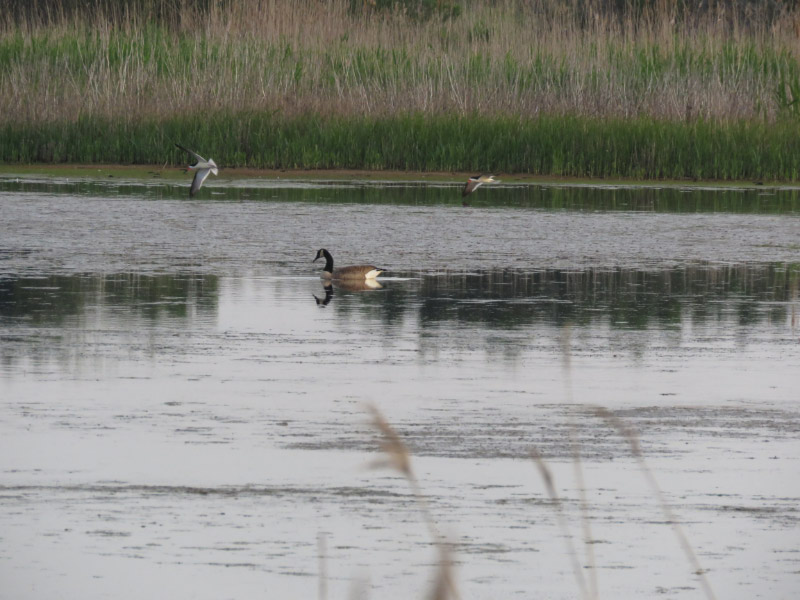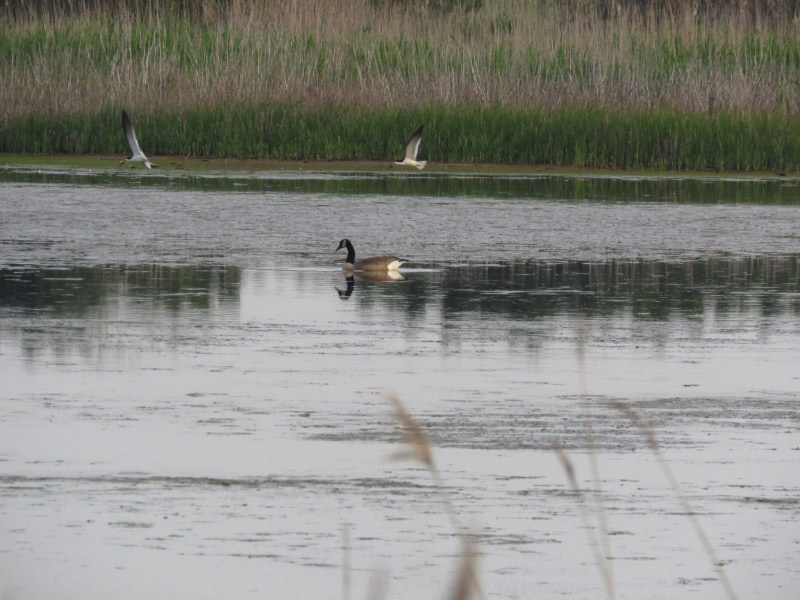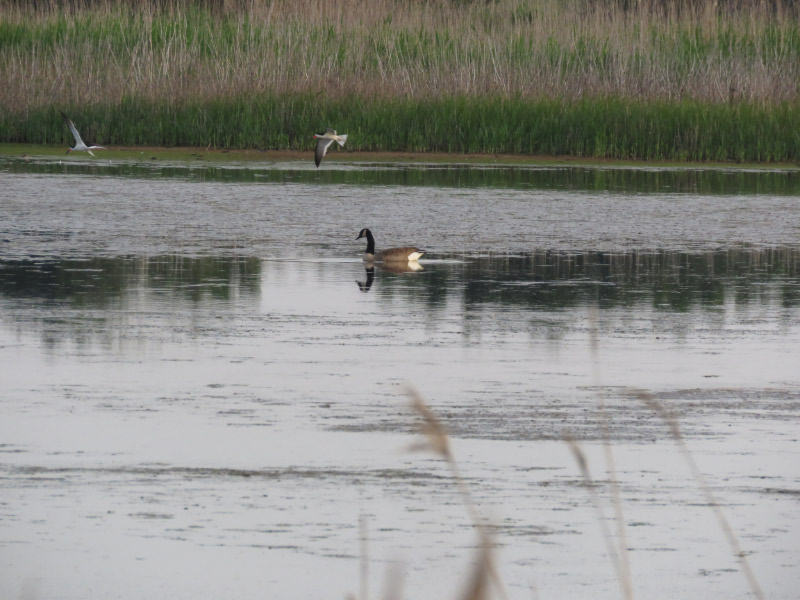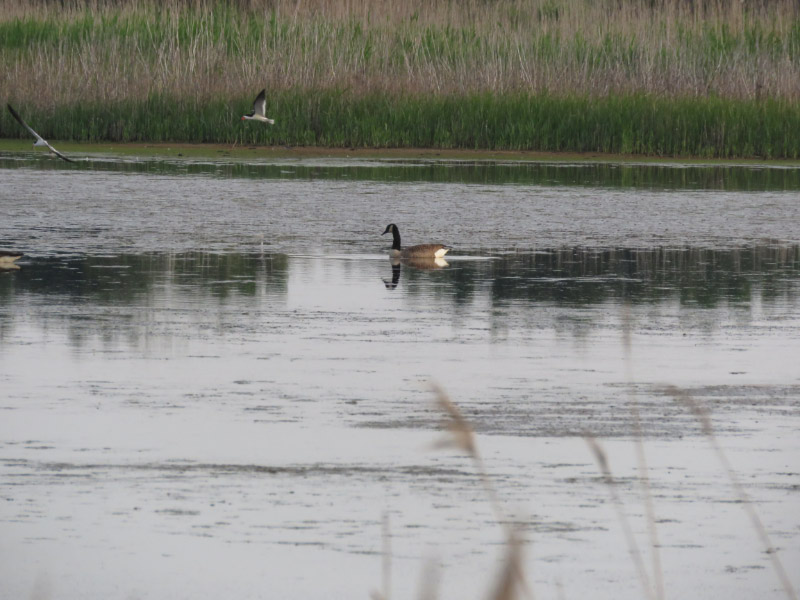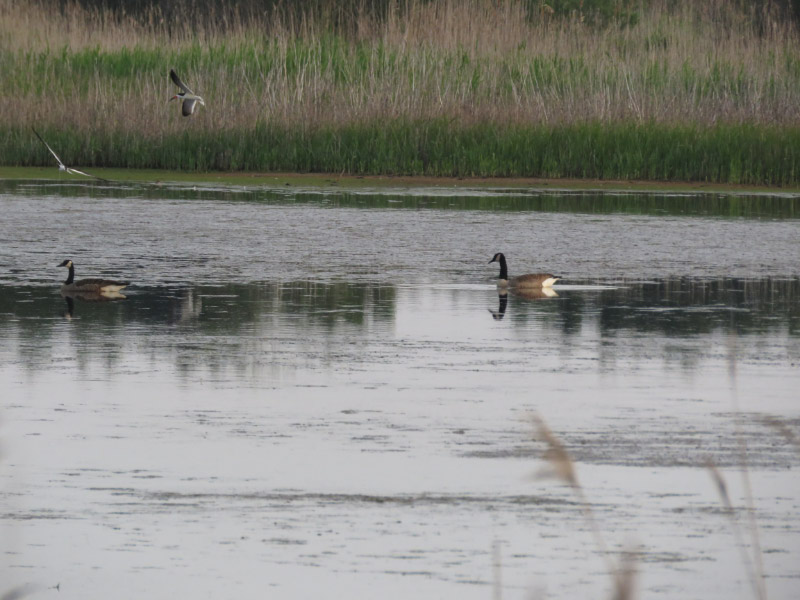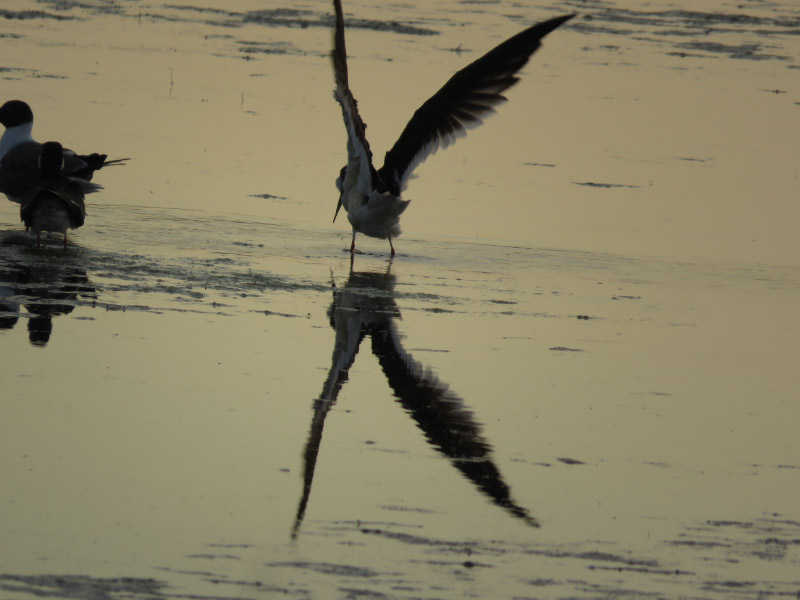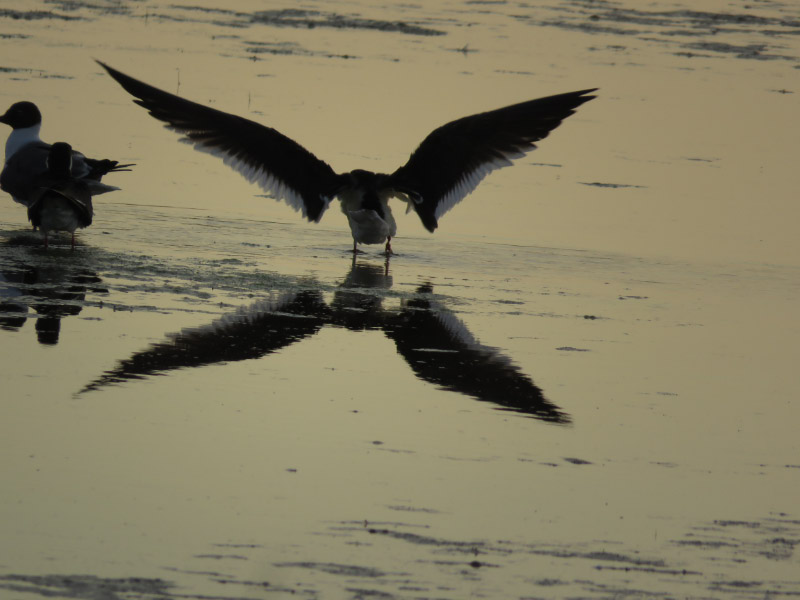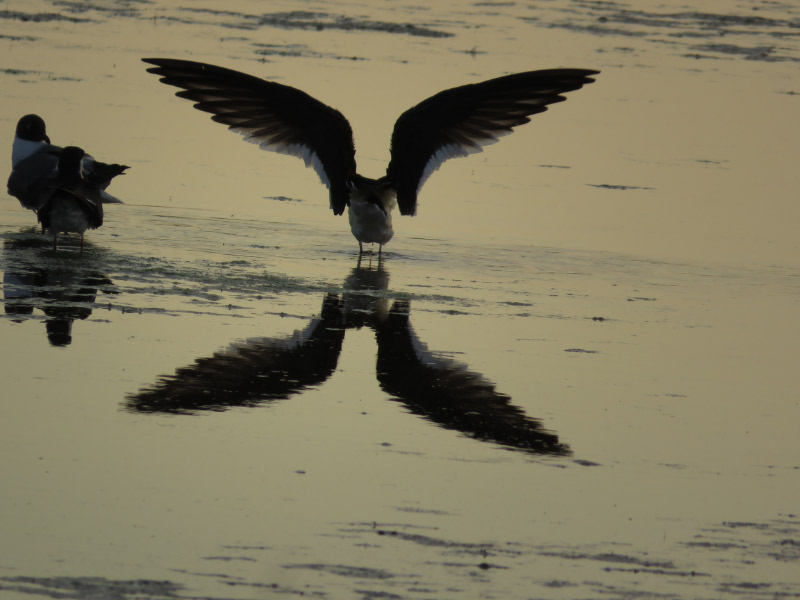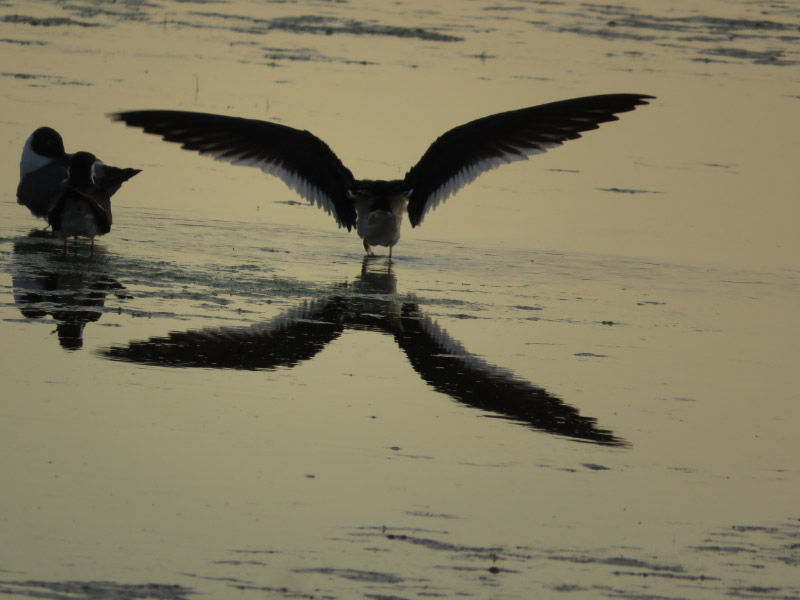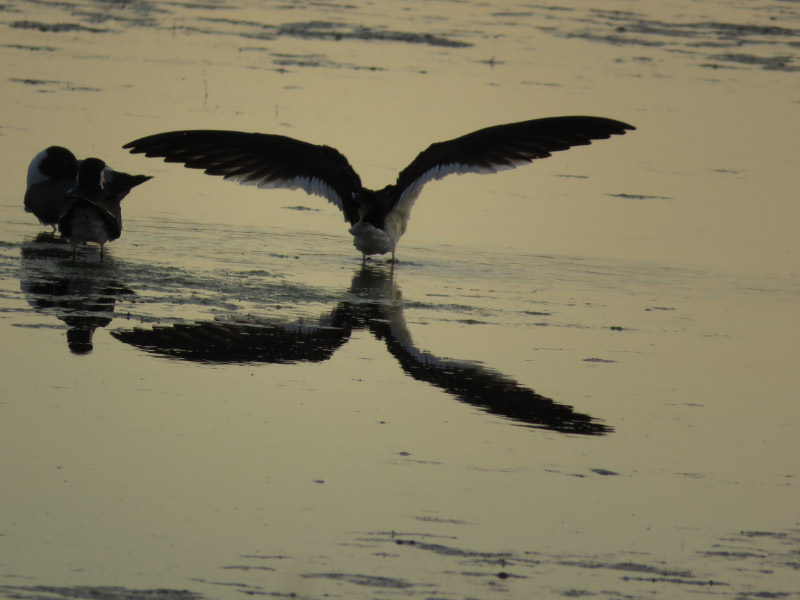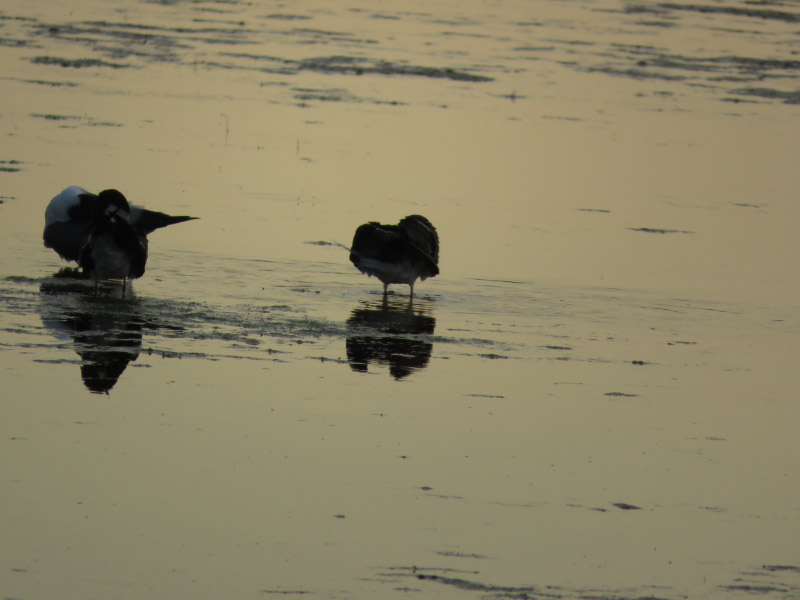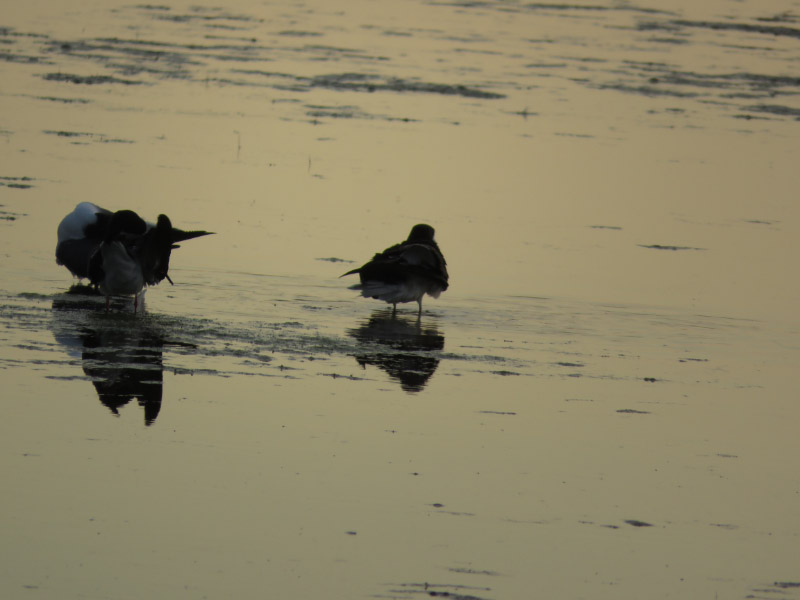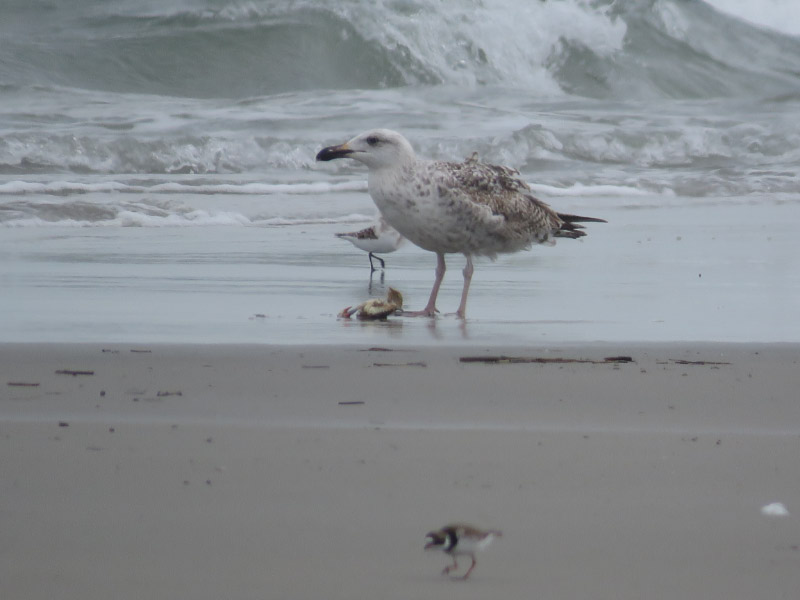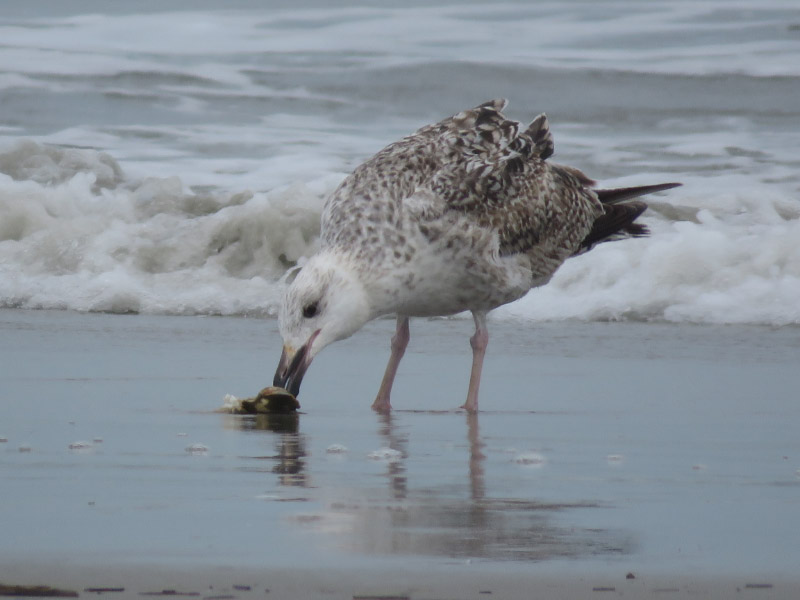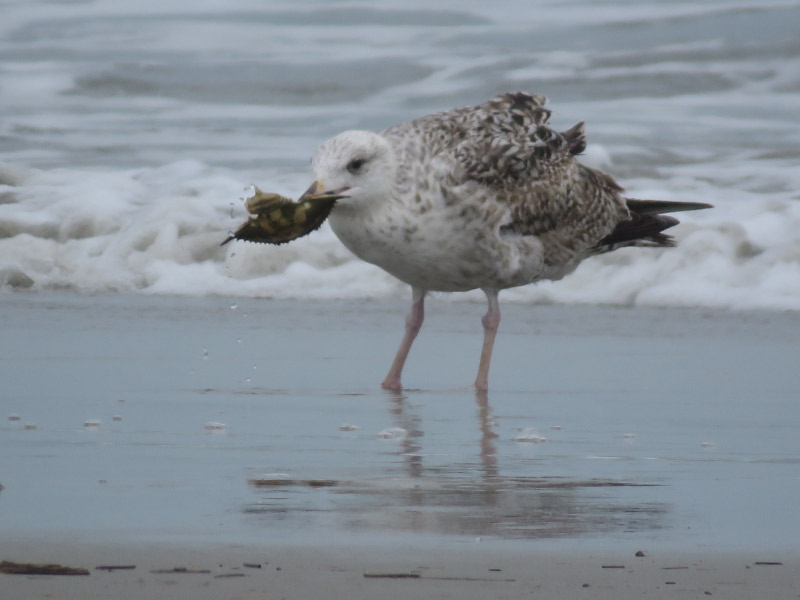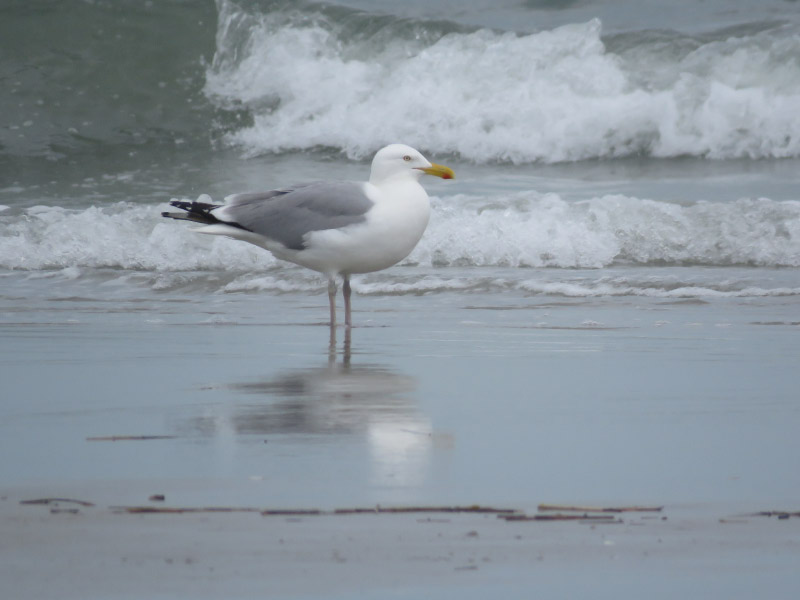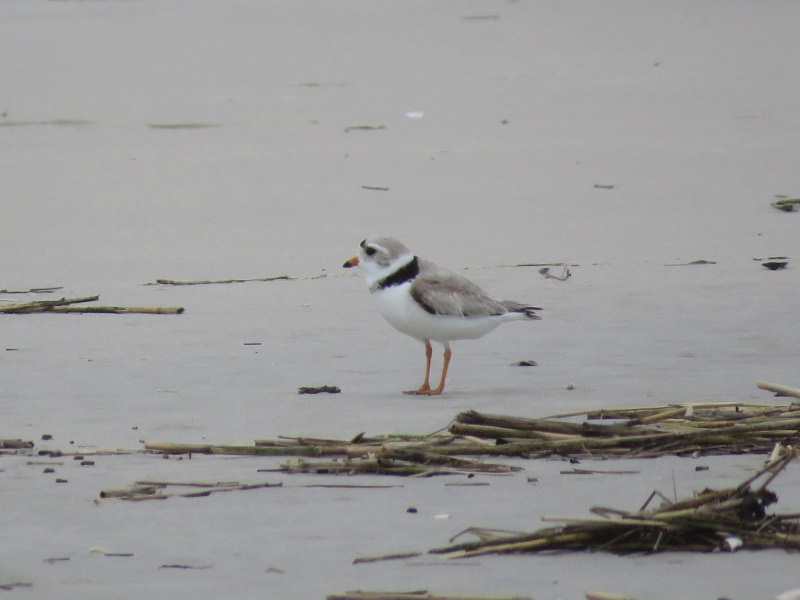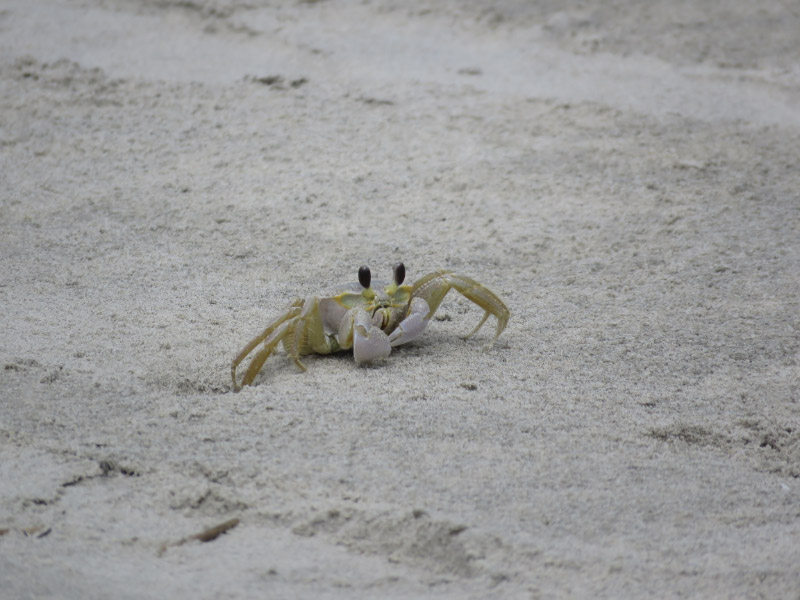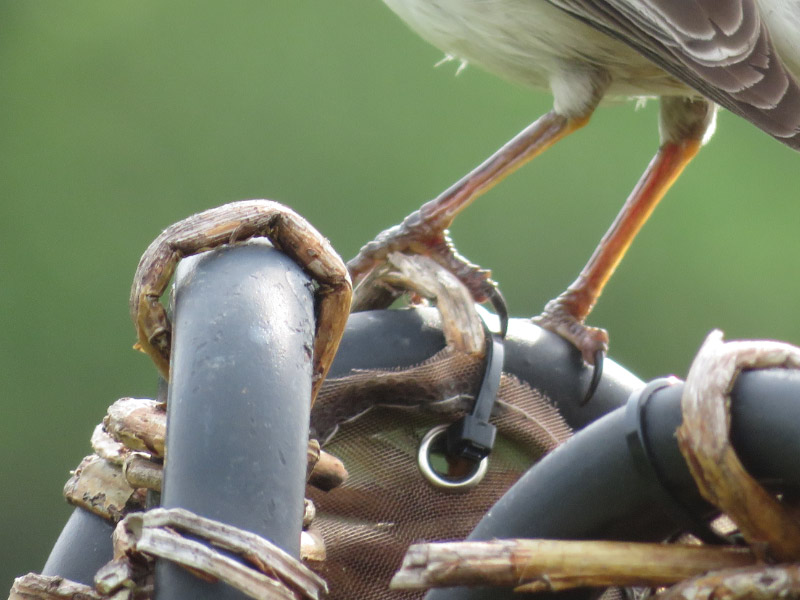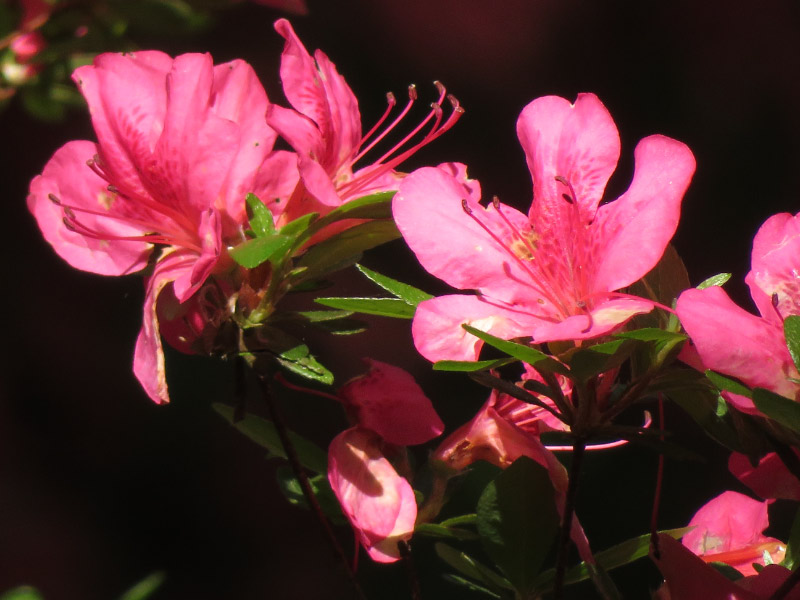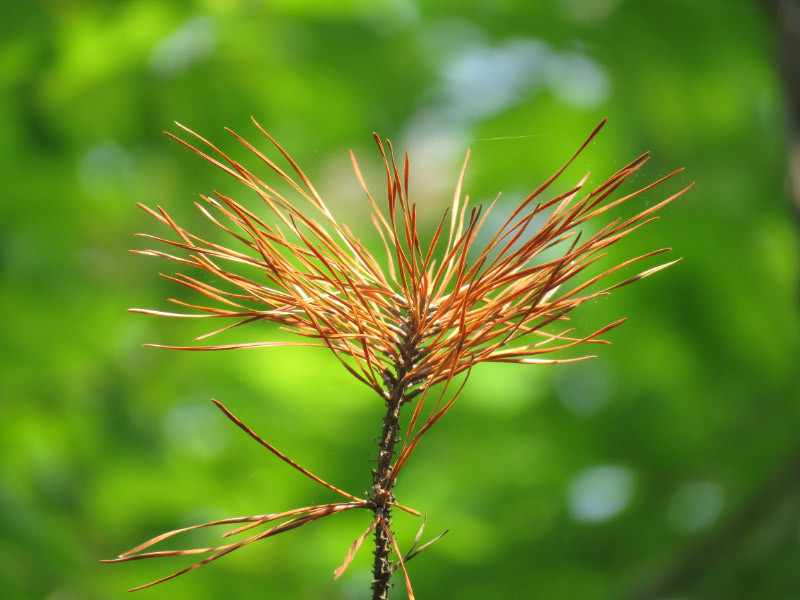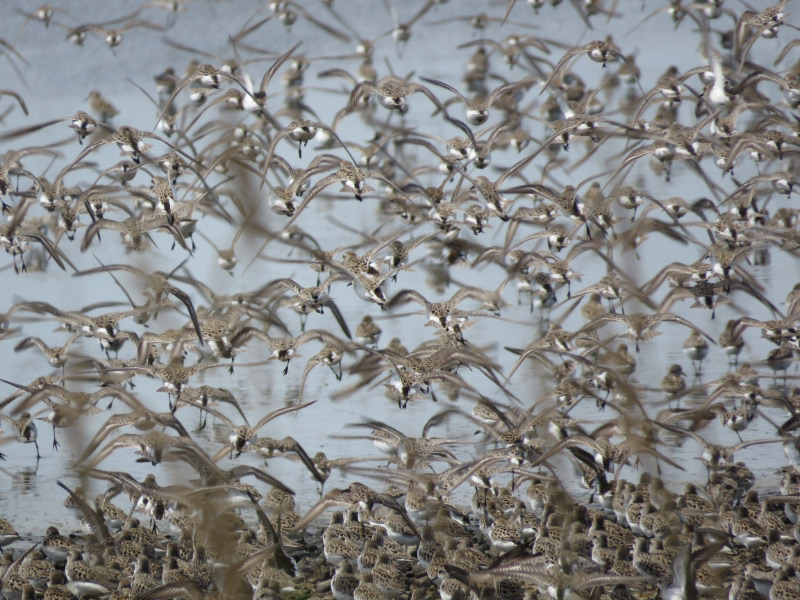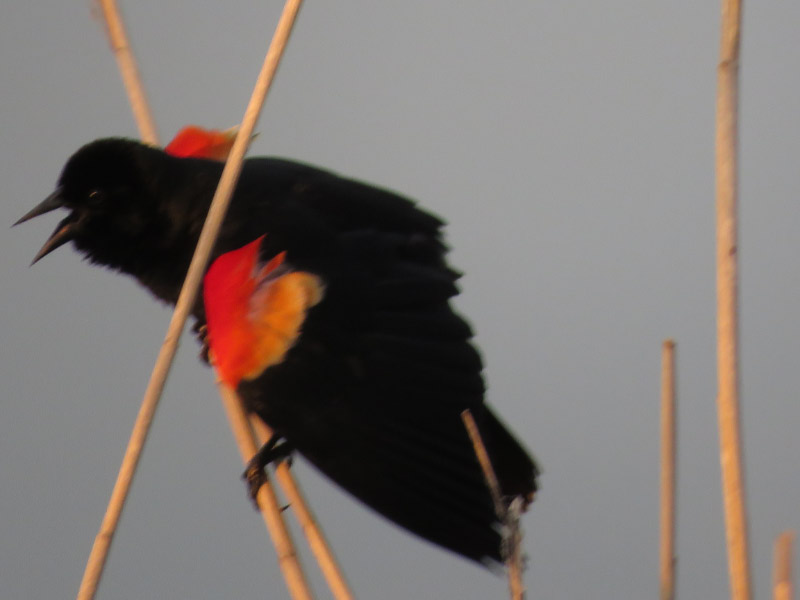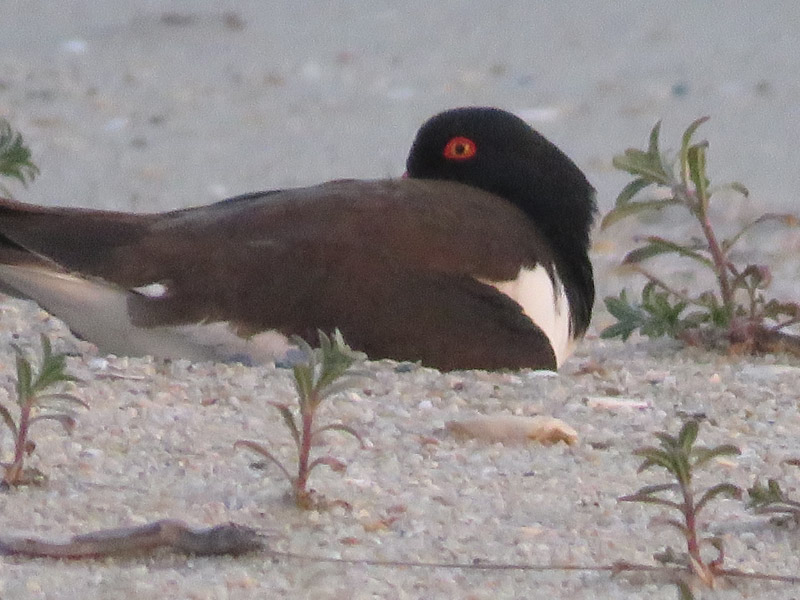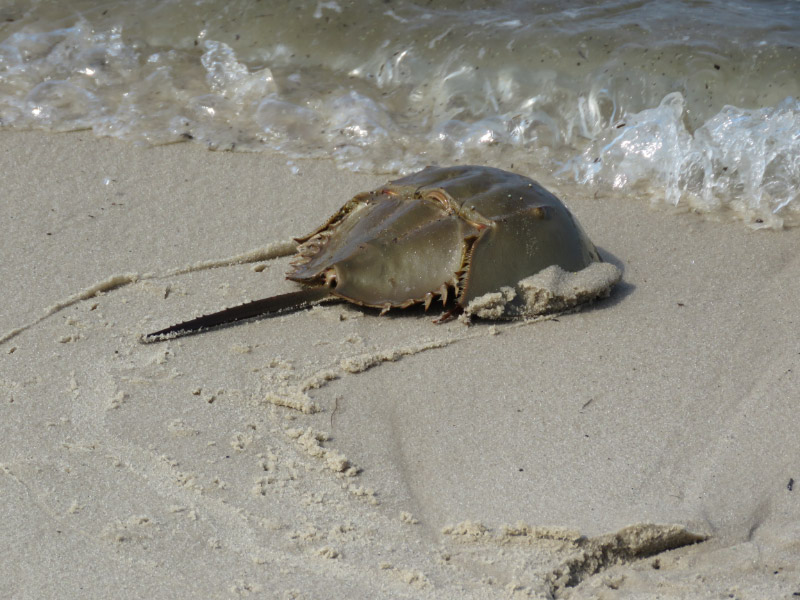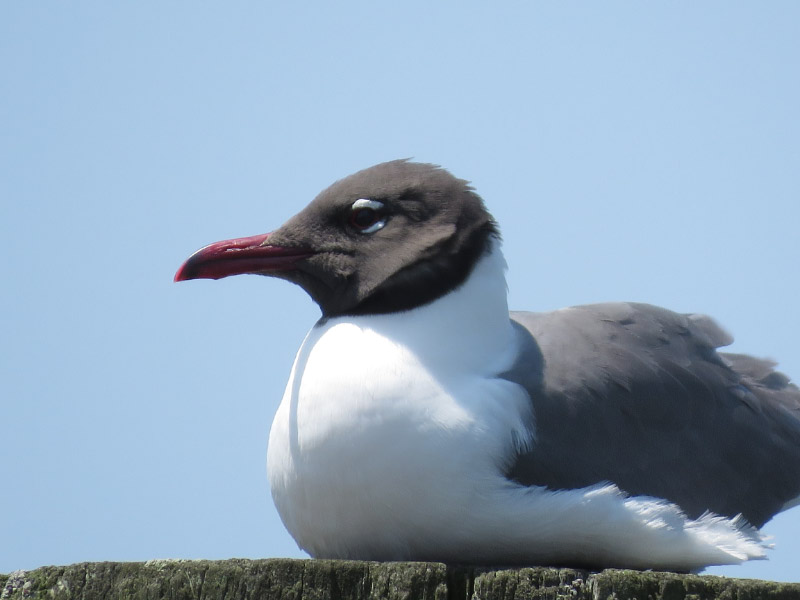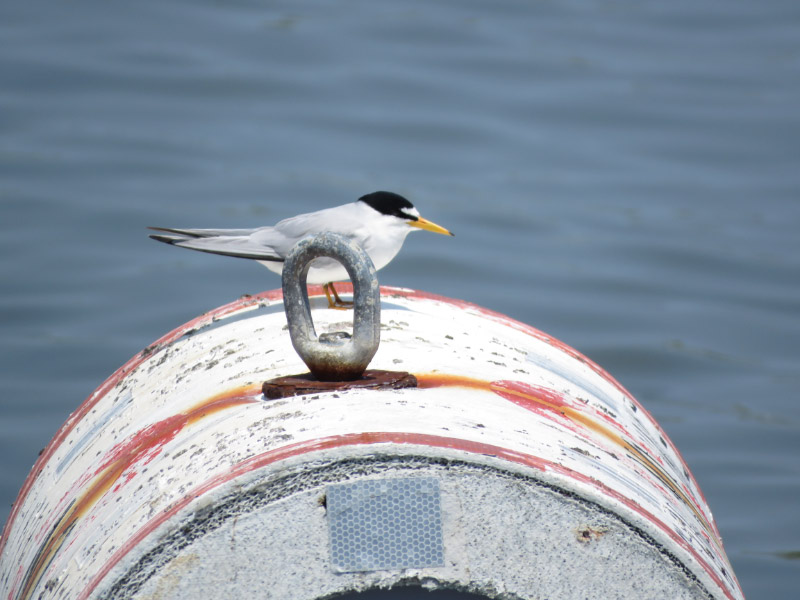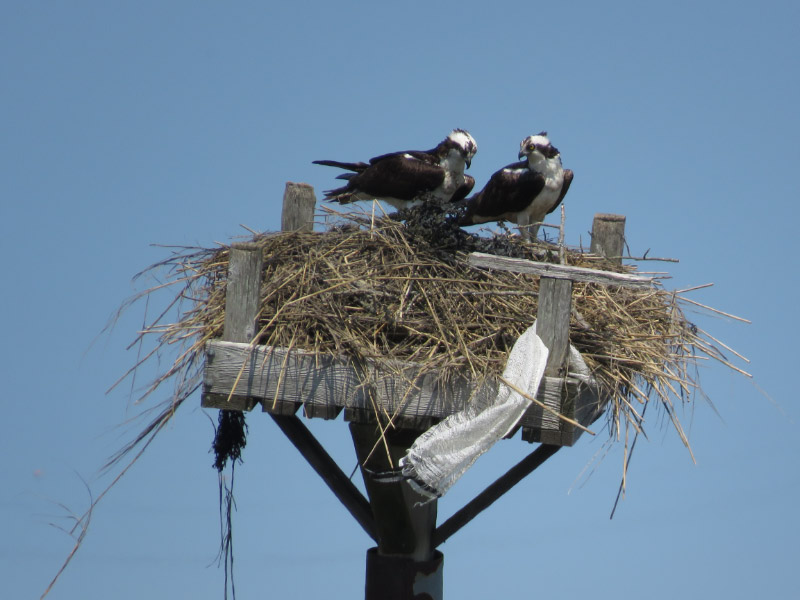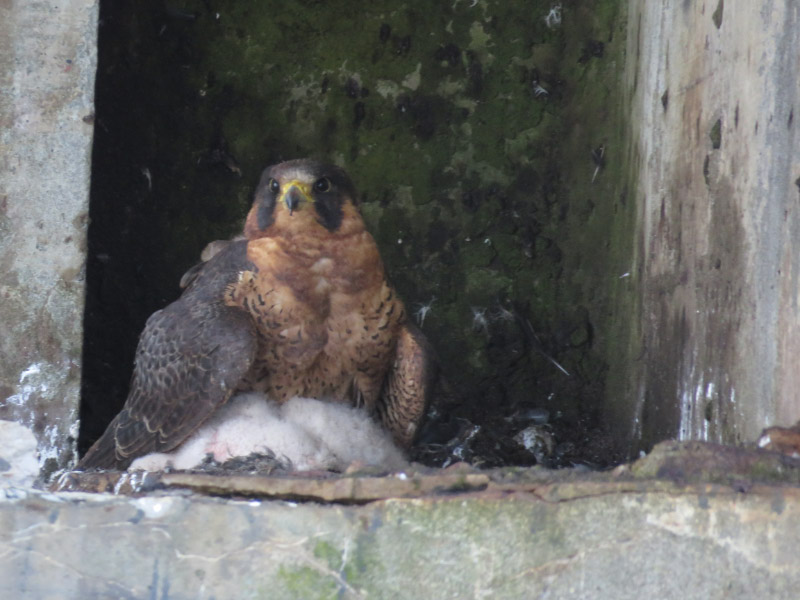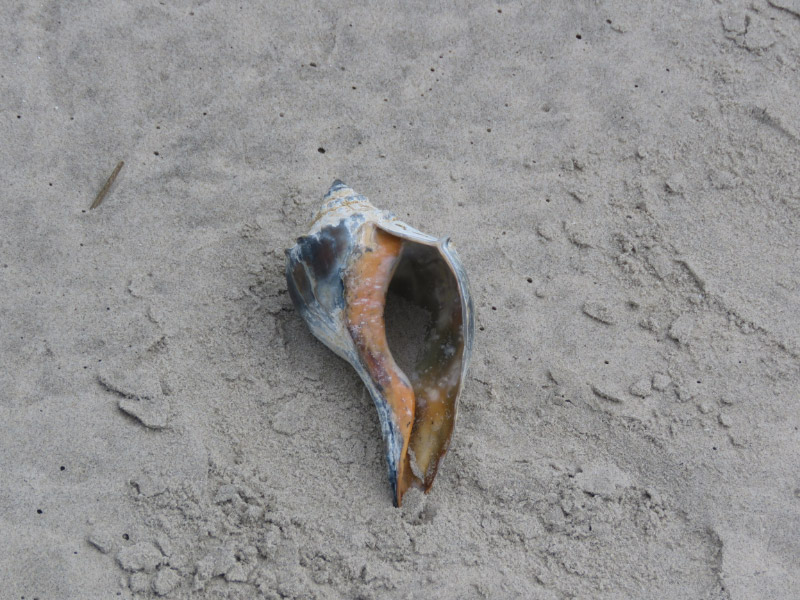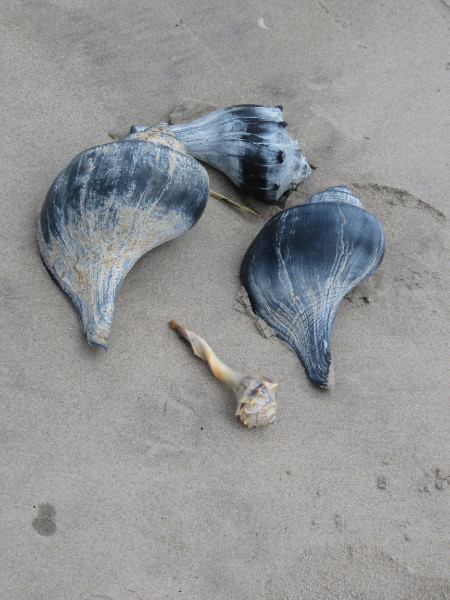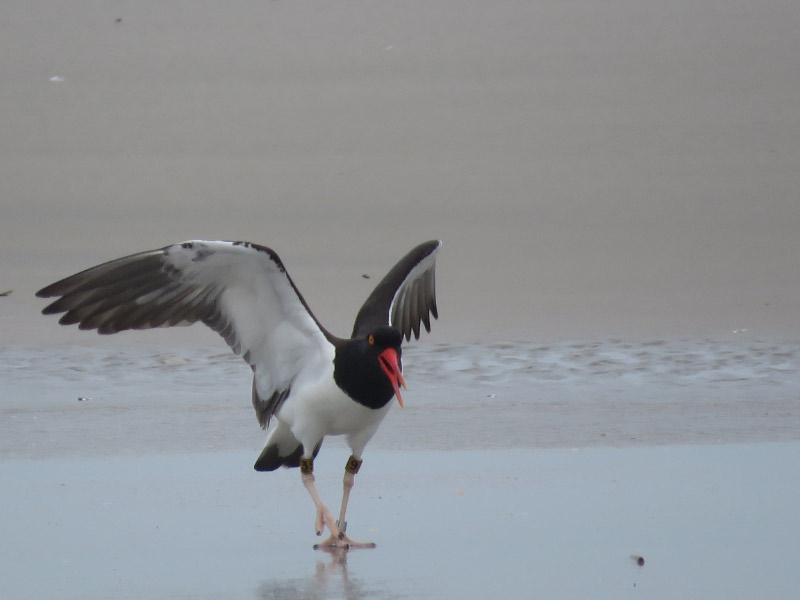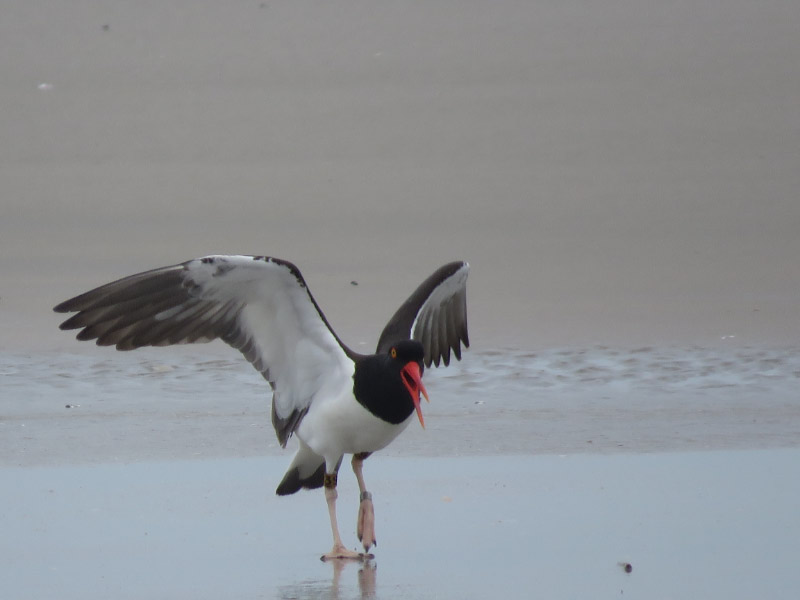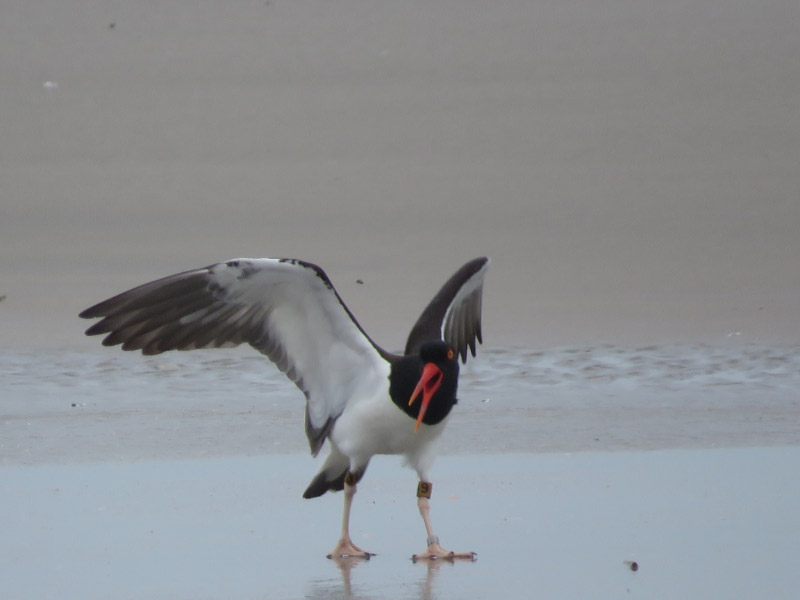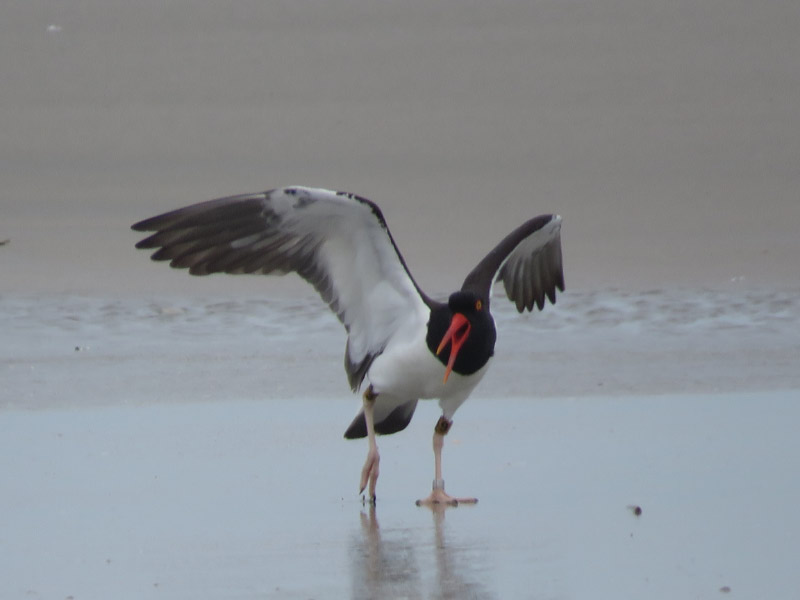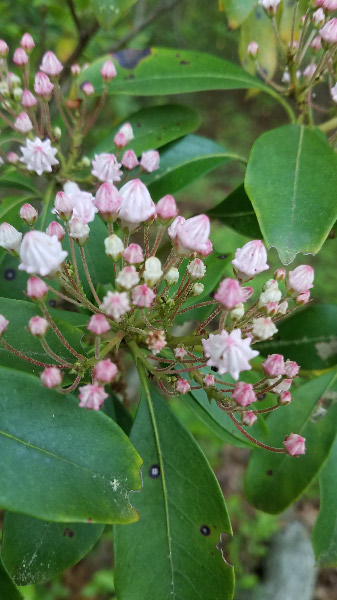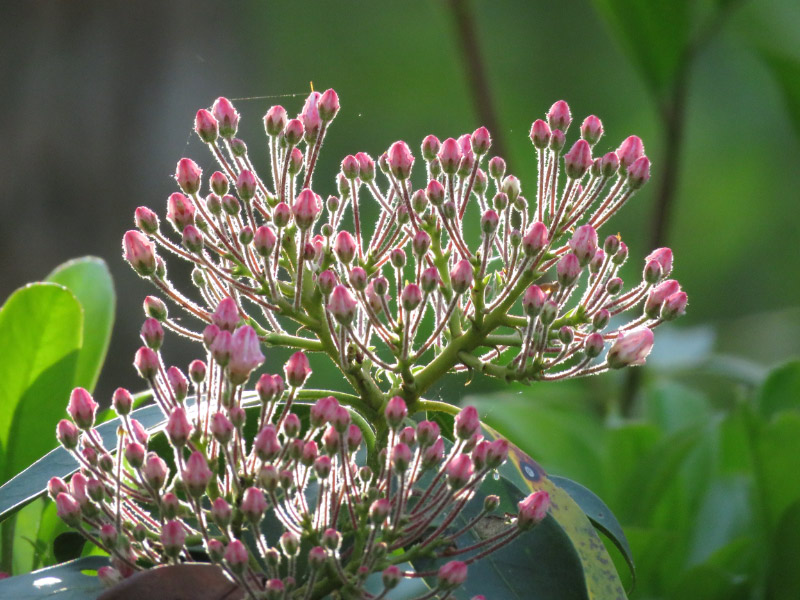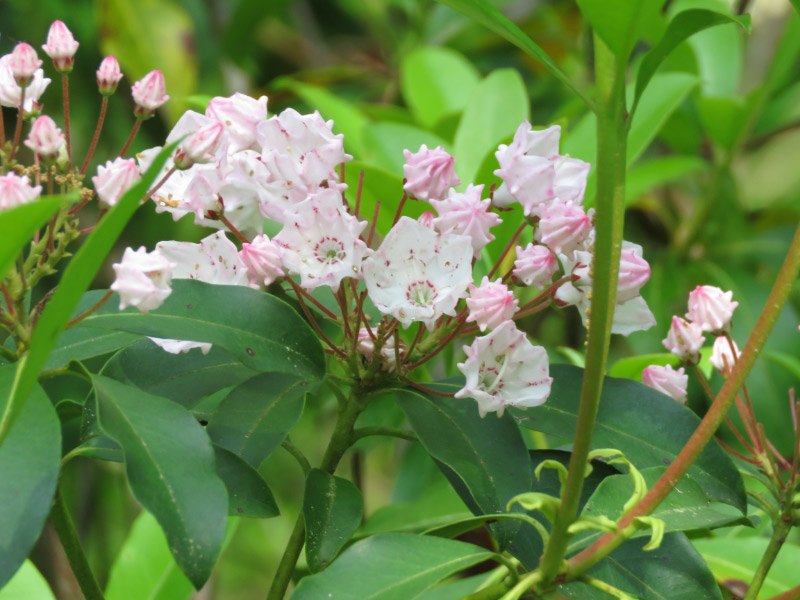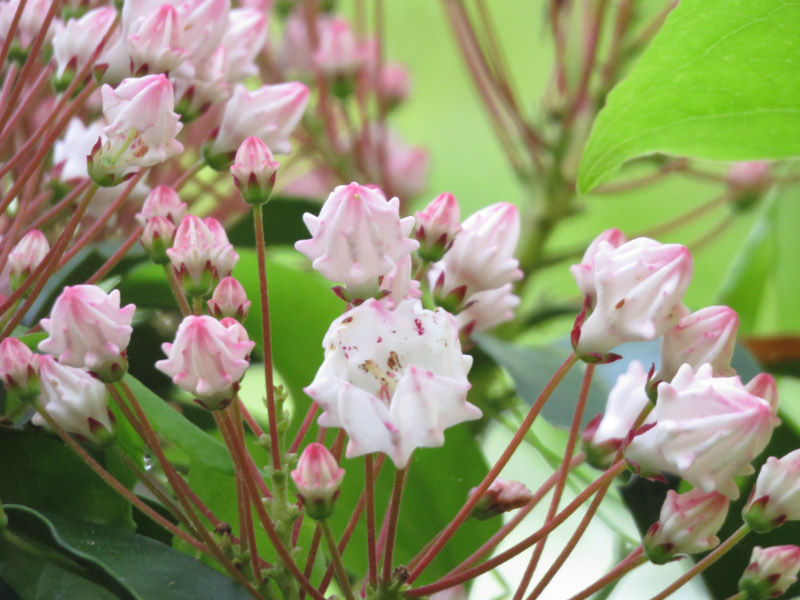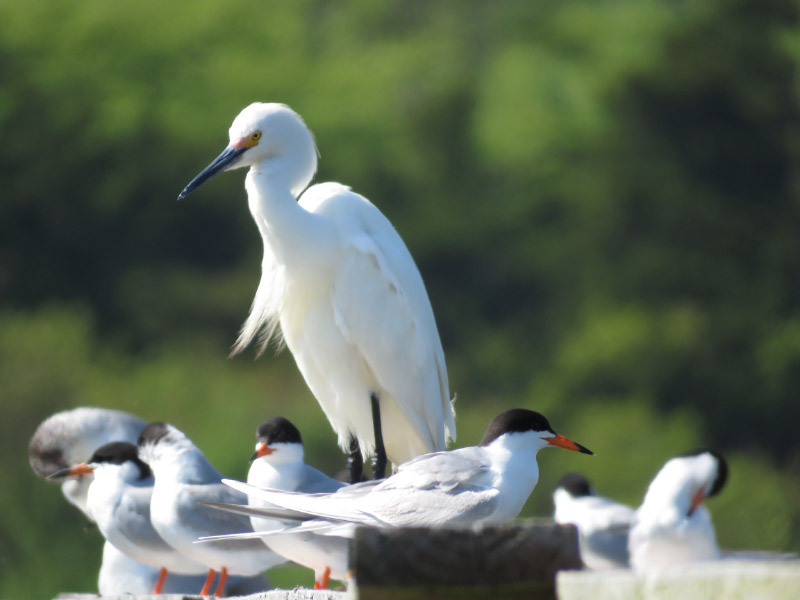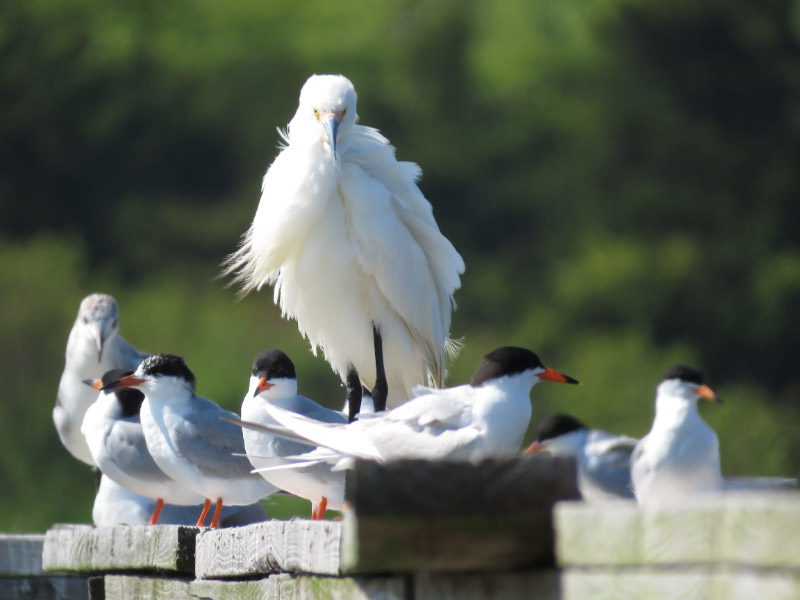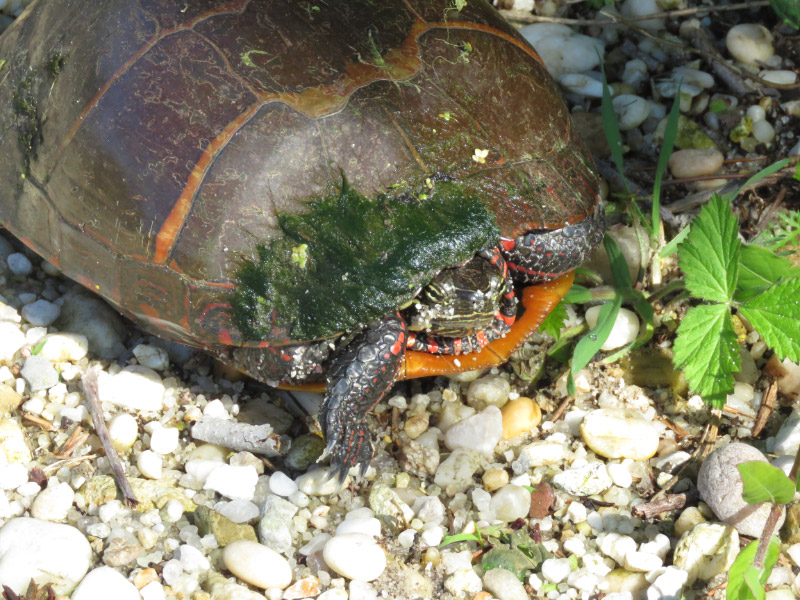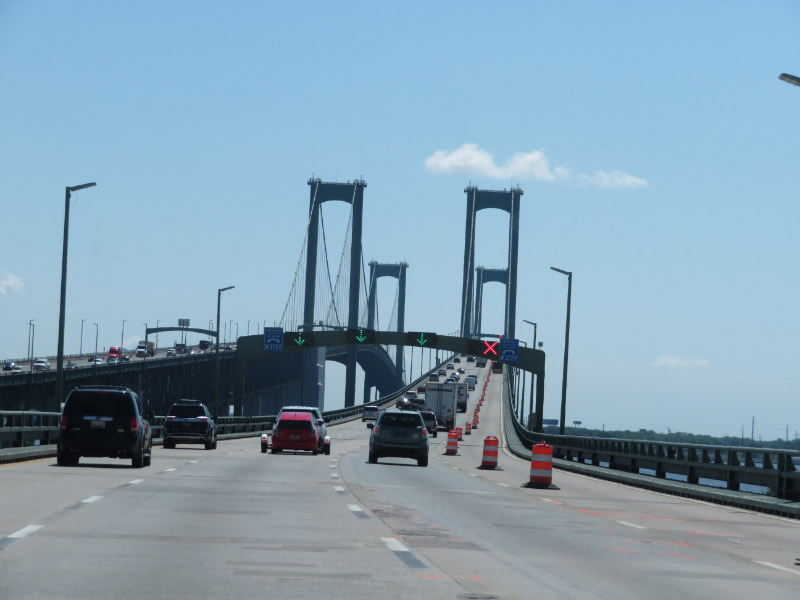Ten Little Celebrations – October 2020
/When I wrote the blog post about October 1990, I realized what a happy month it had been and now looking back at October 2020 and the things I recorded as little celebrations…the same is true. Maybe October is always my favorite month of the fall….lots of things that make me happy in this transition time of the year.
The celebrations that are could happen in any October:
The grand finale of the CSA season. The abundance of the last weeks of veggies from the farm….I have a freezer full to enjoy well into November…plenty of winter squash puree to make Thanksgiving dessert and breads and soups (maybe not all for the same meal). It happens every year….the celebration of the bounty.
Conwingo outing. We didn’t know about the bald eagles congregating at Conowingo dam 30 years ago, but now that we do…there is almost always a trek to the place every October. Even if it isn’t a great day for lots of eagles (which it wasn’t this year)…we celebrate the field trip. This year it was appreciated even more because field trips have been such a rarity for us this year.
Fall leaves. Yes – cleaning up the leaves and acorns is a fall chore…but it also is a joy: the colors, the textures, the breeze made visible by leaves wafting from the treetops. The trees in our yard and in the forest behind our house fill our views; I’m realizing that I am celebrating the extra time I’ve had this year to observe them. Home has become more special during this pandemic year.
Wild turkey in our back yard. I missed it – but my husband saw it. He said there may have been more than one, but he only saw one clearly. We’d heard that there were wild turkeys in the forest but had never seen any until a few day ago. I am celebrating that they really exist…and hoping they return so I can see them too.
Flowers still available in the cutting garden. I thought the cutting garden might fade before the CSA ended…but it didn’t. I love having cut flowers in my office and on the island in the kitchen. Seeing them is an automatic mood brightener. Now I am beginning to realize that the strawflowers will last long into the winter – dried and arranged on a blue glass plate they remind me of water lily flowers.
Letting go of more stuff. Cleaning out stuff that has collected in over 25 years we’ve lived in our house is tough. But I managed a big pile that I donated (picked up from our front porch) and am working on another. It feels good to clean out the house…particularly if it is something others could use.
And then there are the celebrations that are unique to 2020:
Cape May Fall Festival (virtual). I celebrated the whole festival of videos but particularly the roving reporters at the morning flight of songbirds. It would be wonderful be there some future year to see it in the field.
Hawai’i Festival of Birds (virtual). When I first discovered that the festival was going virtual, I thought it was a great opportunity because I probably would not make the trek to the Big Island again….but now I’m wavering…leaning toward making the trek for the festival and to see how things have changed since we were there in 2015. Maybe next year…or the year after. It’s an opportunity to celebrate an environment very different than the one where we live.
Telephone conversations with family. I normally take telephone conversations for granted…they happen often enough. During this pandemic year when I am not traveling to visit with my family, phone conversations have increased in importance….worthy of celebration.
Voting. In years past, we voted but it wasn’t something that made it to my little celebrations list and we usually did it on election day. This year we requested a mail-in ballot and returned it to a drop box….and checked the online site to track that it was received and accepted/counted. Voting is a celebration this year because of the challenges the country is facing on many levels….and a heightened awareness on our part of how much it matters.
Unique Activities for Yesterday:
Old monitor heading off to a new home. I’ve had my old monitor mostly idle for the past year – since I got a new one – and finally found a way to give it a new home. There was an article in the Baltimore Sun about a teacher in our area trying to find monitors for teachers that need a second monitor as they forge ahead teaching virtually. I sent an email letting them know I had one to donate and someone came to pick it up! I’m thrilled to let it go!






